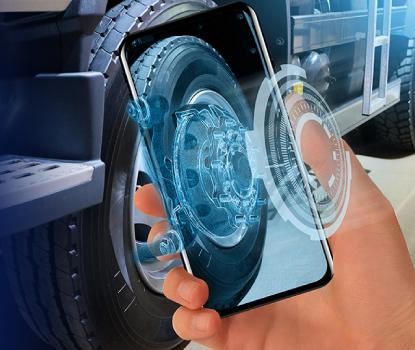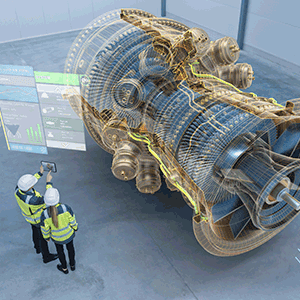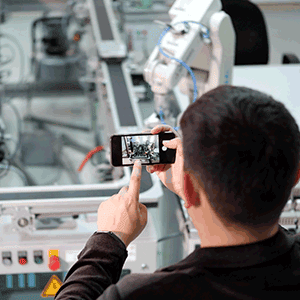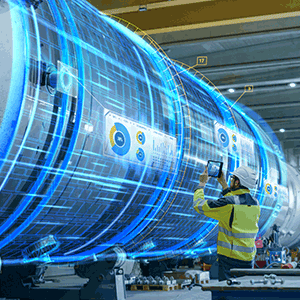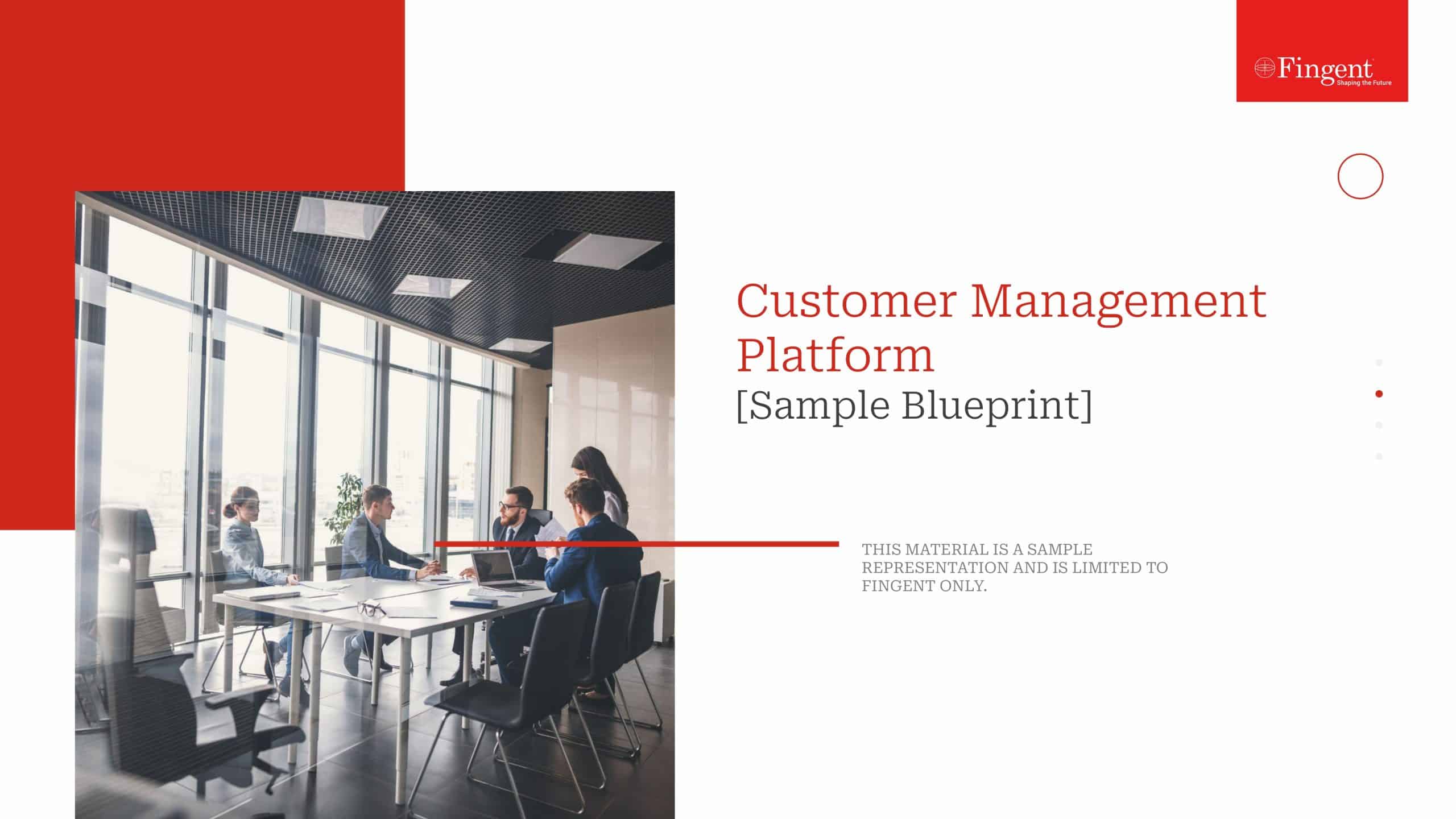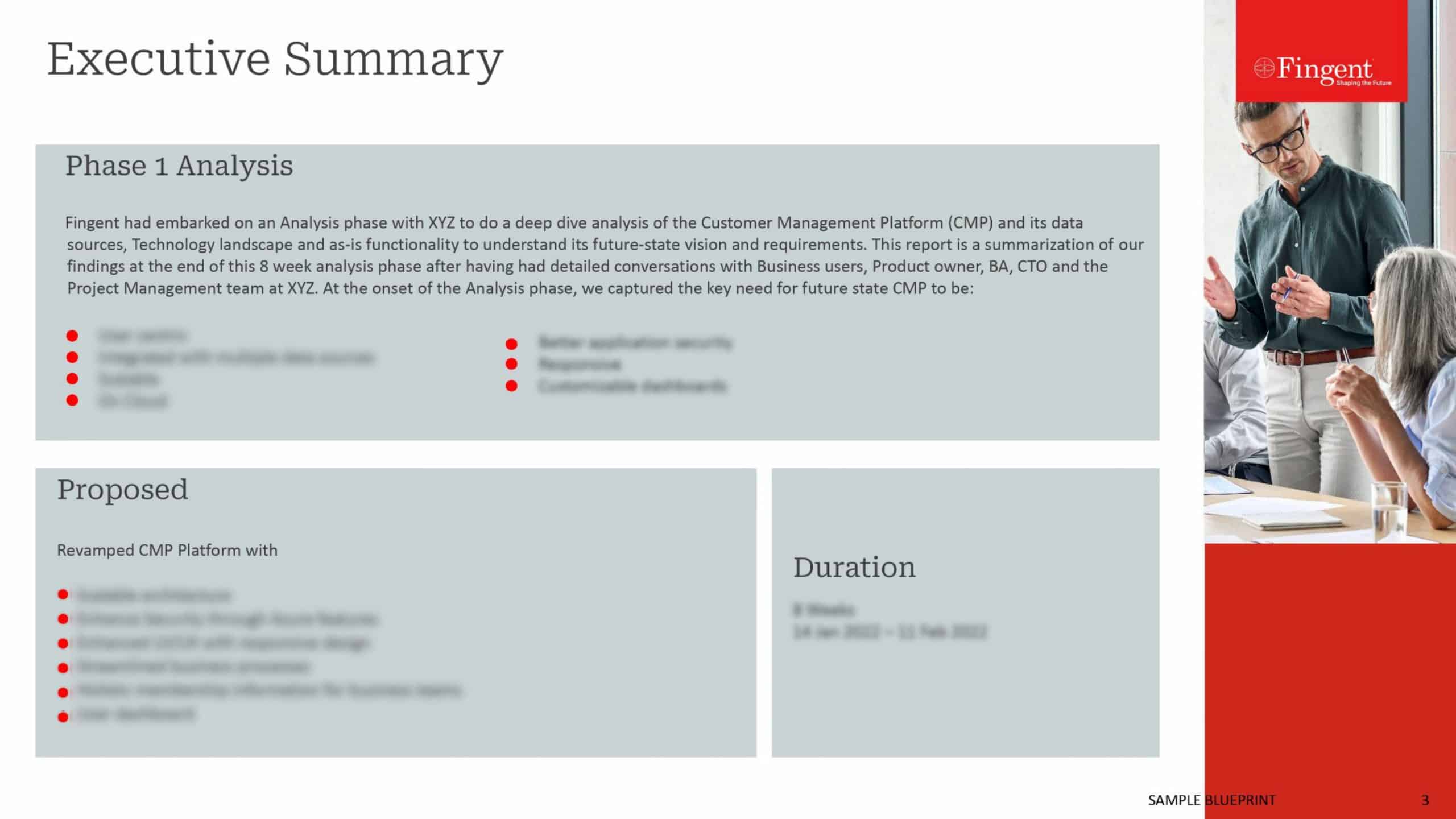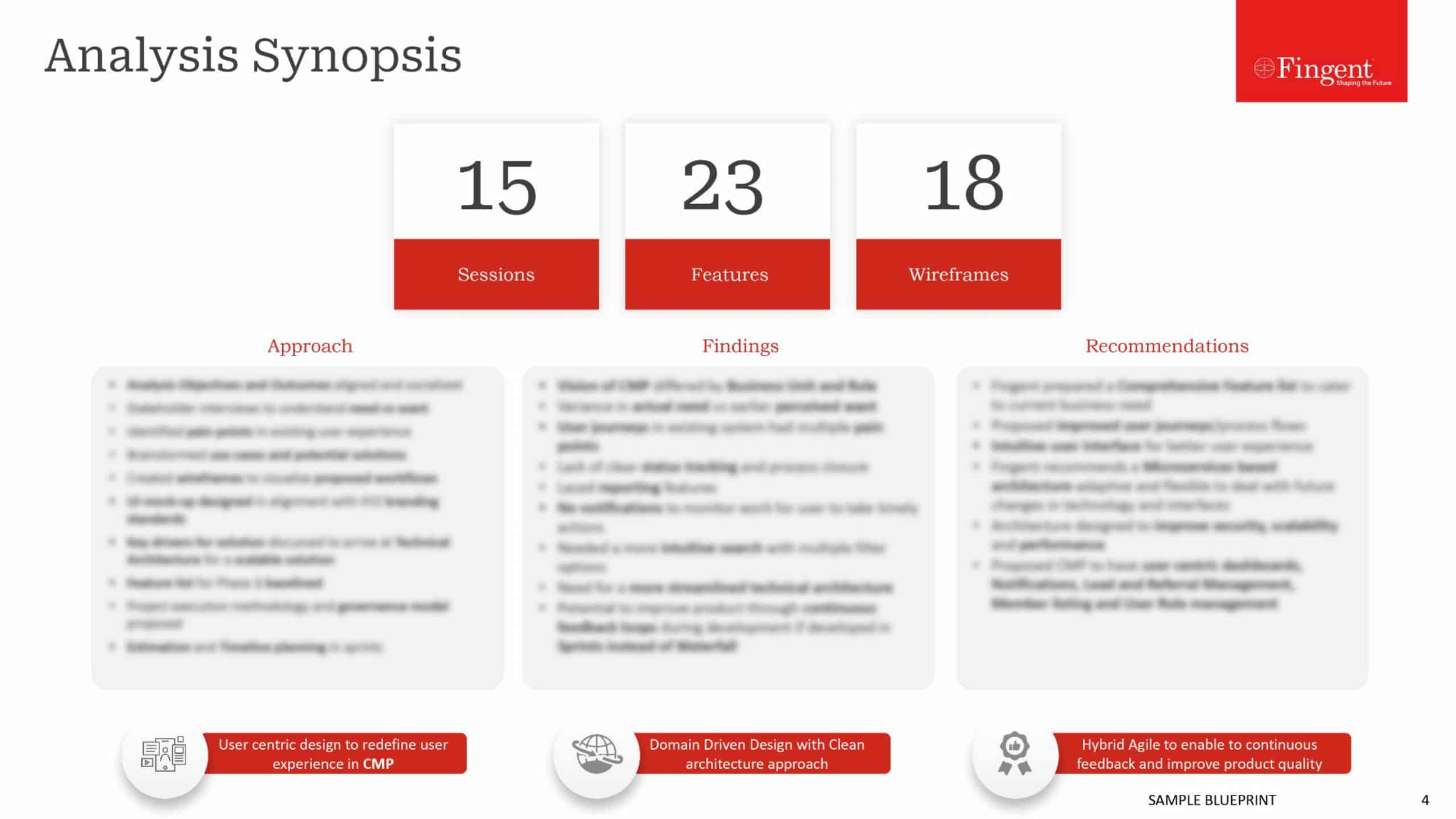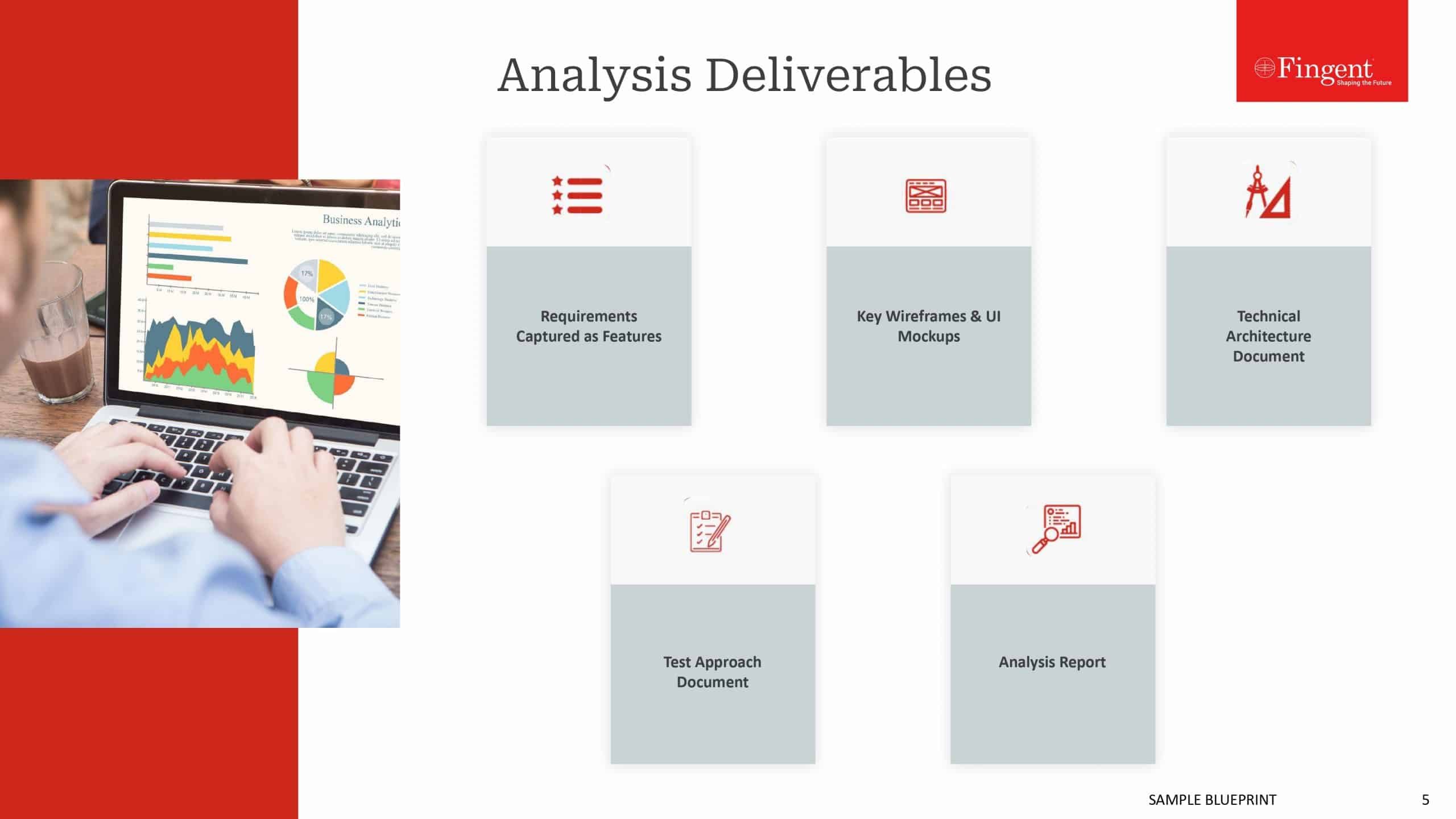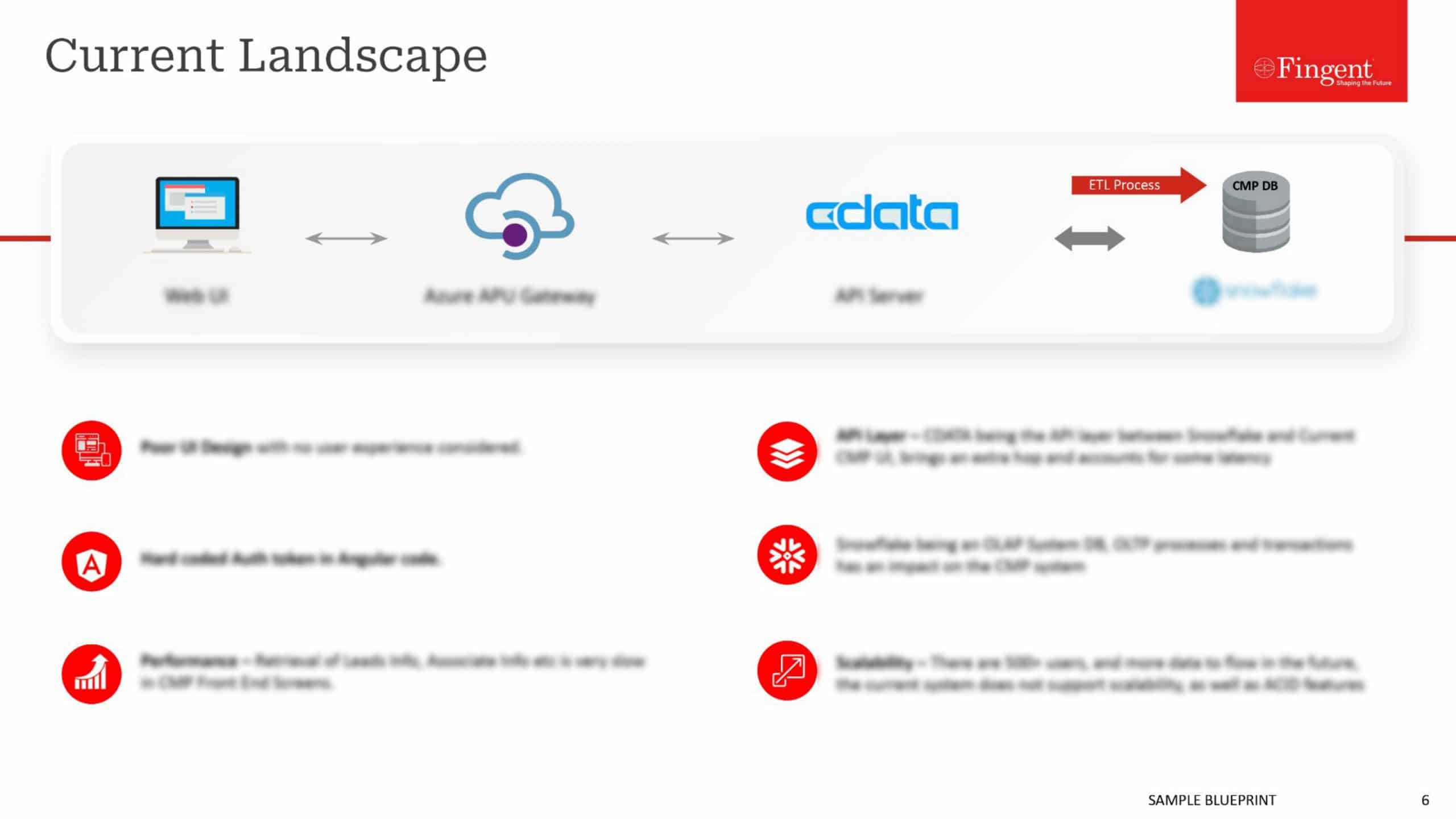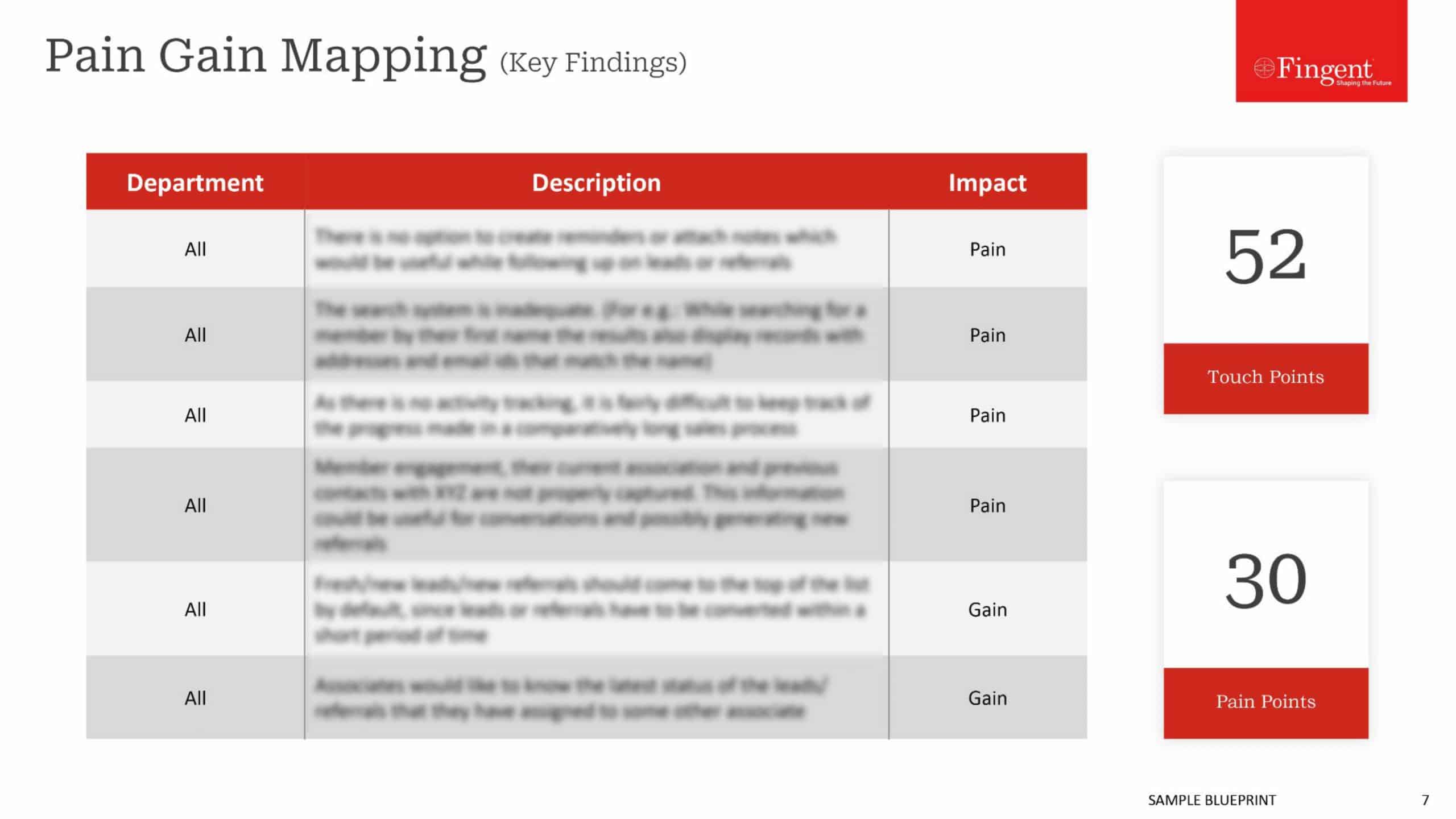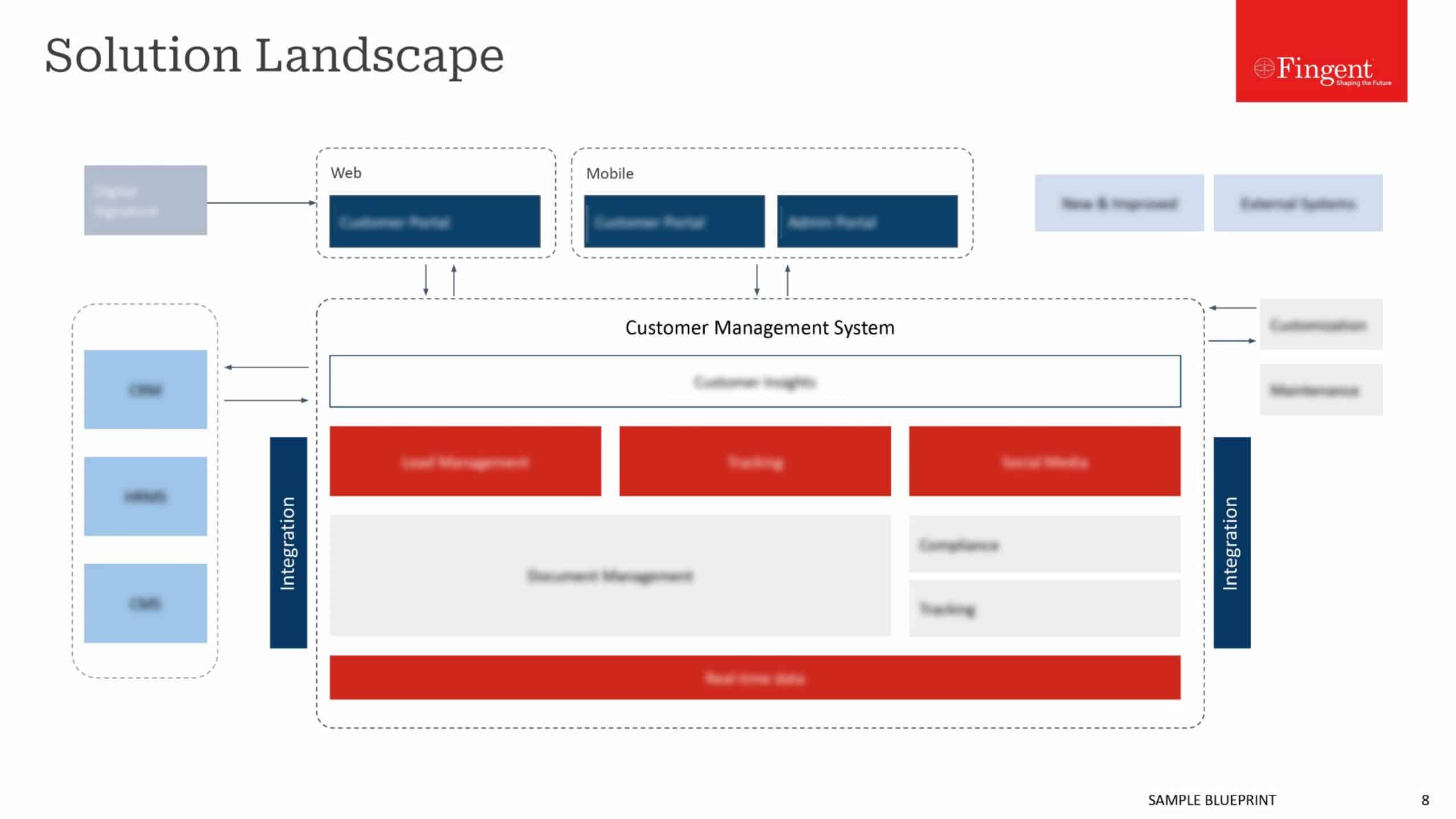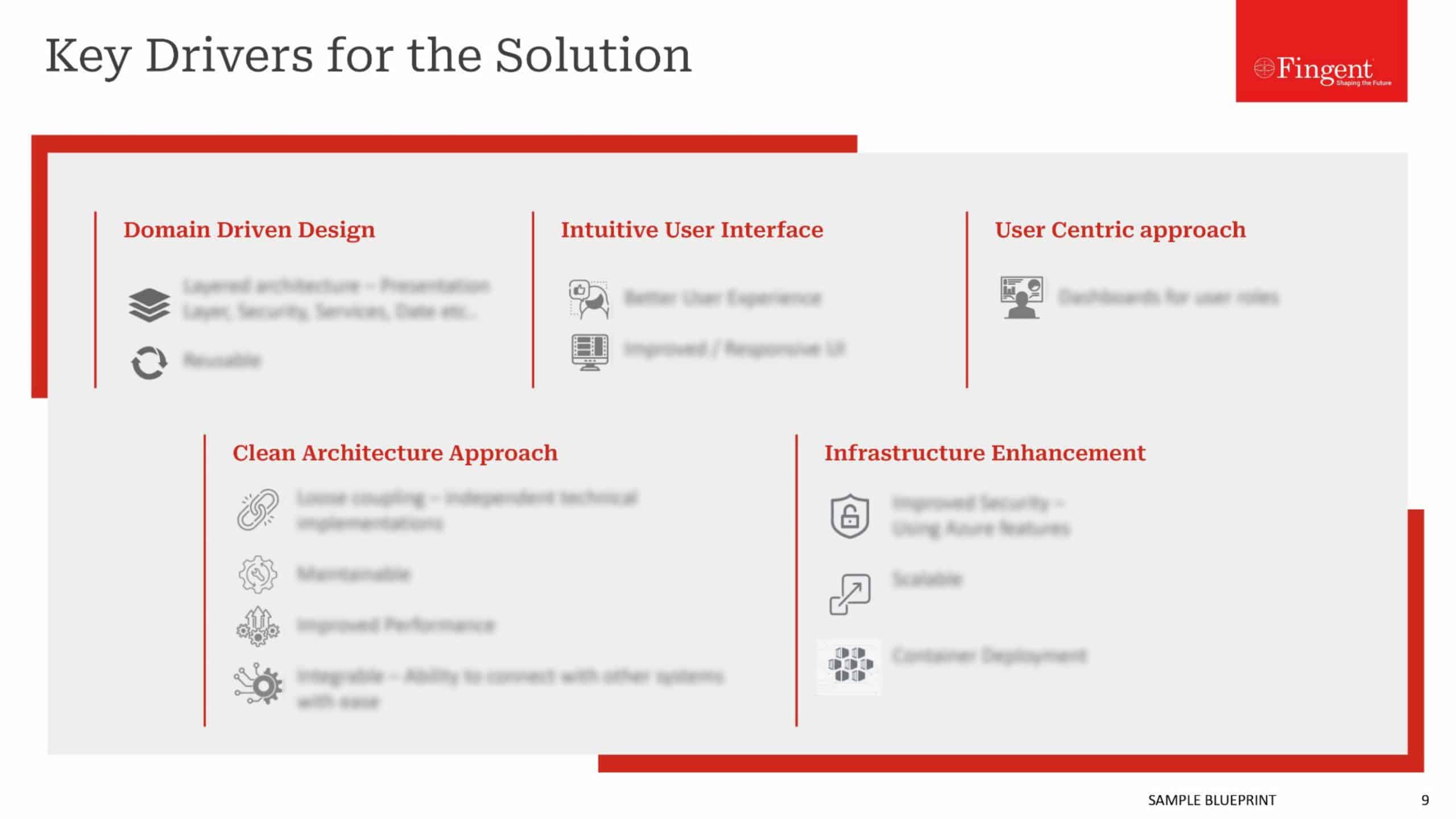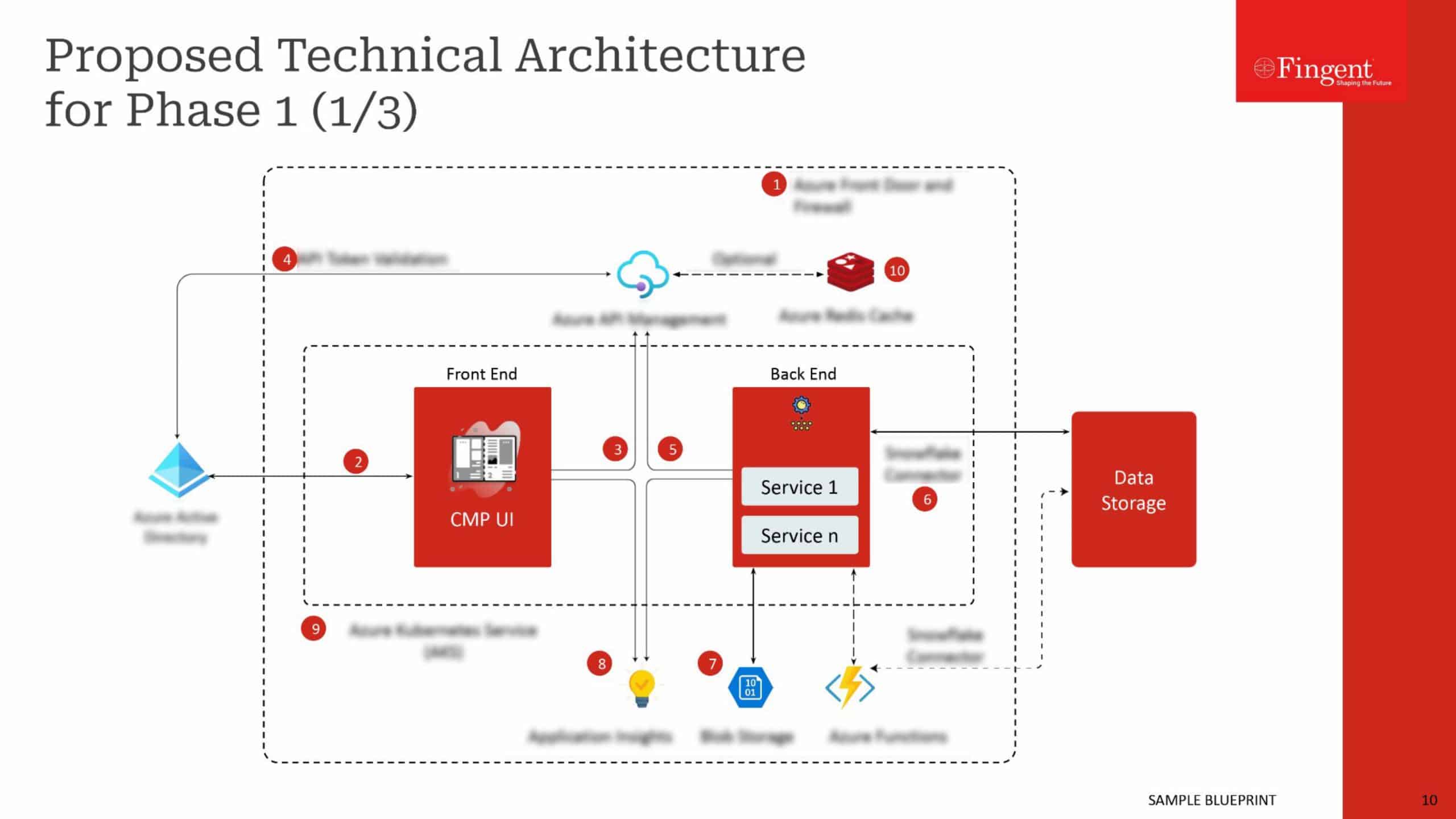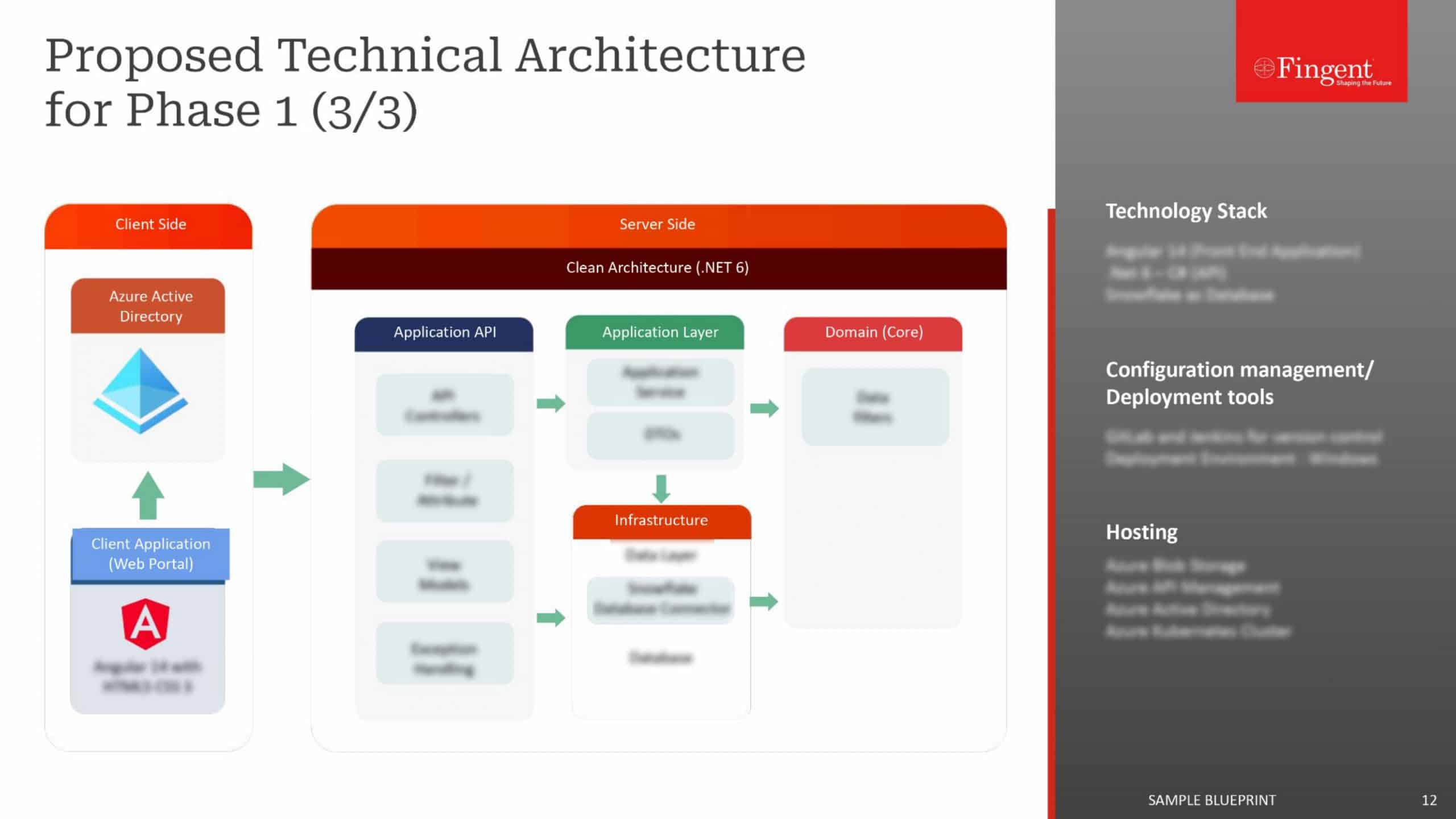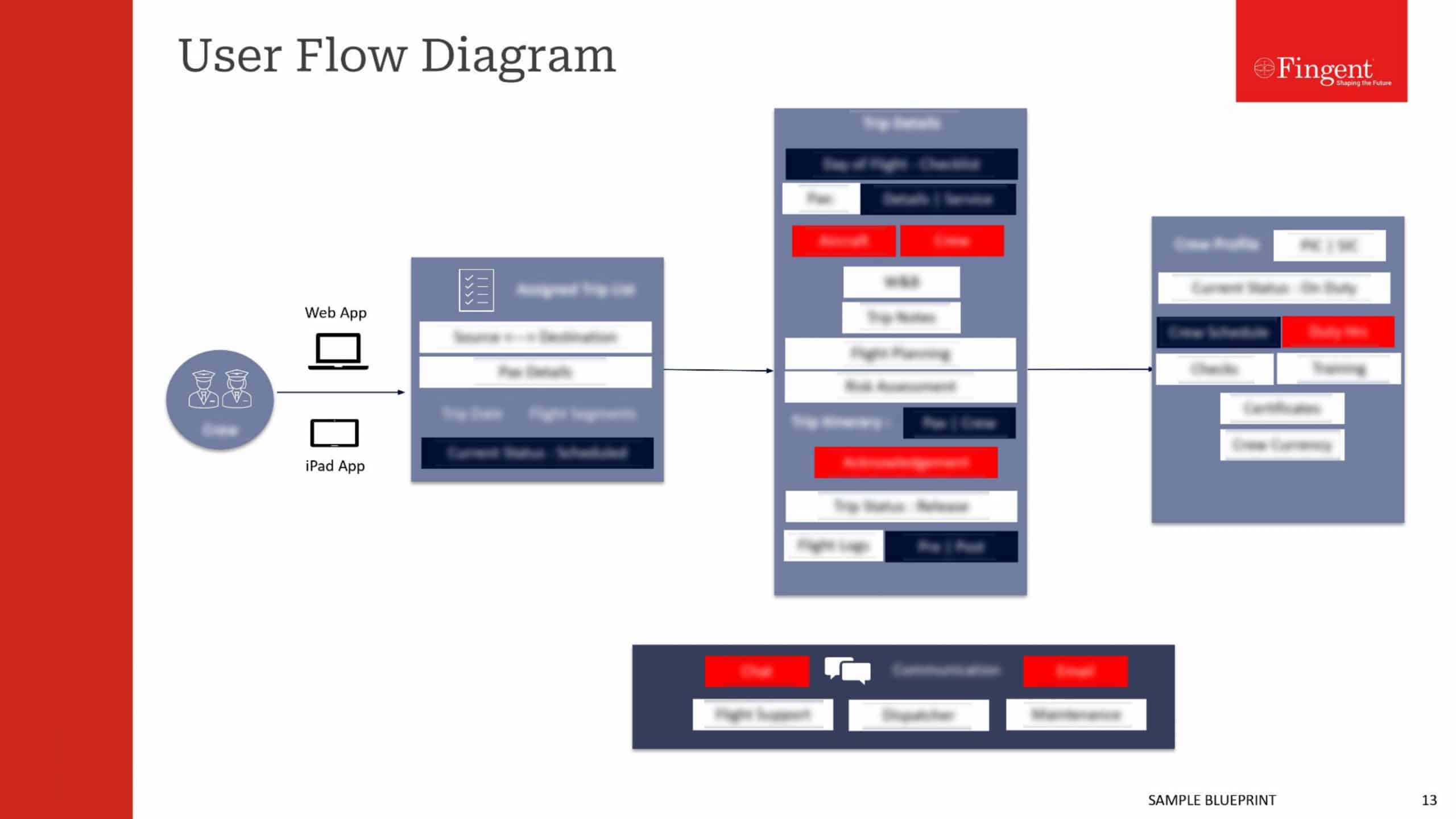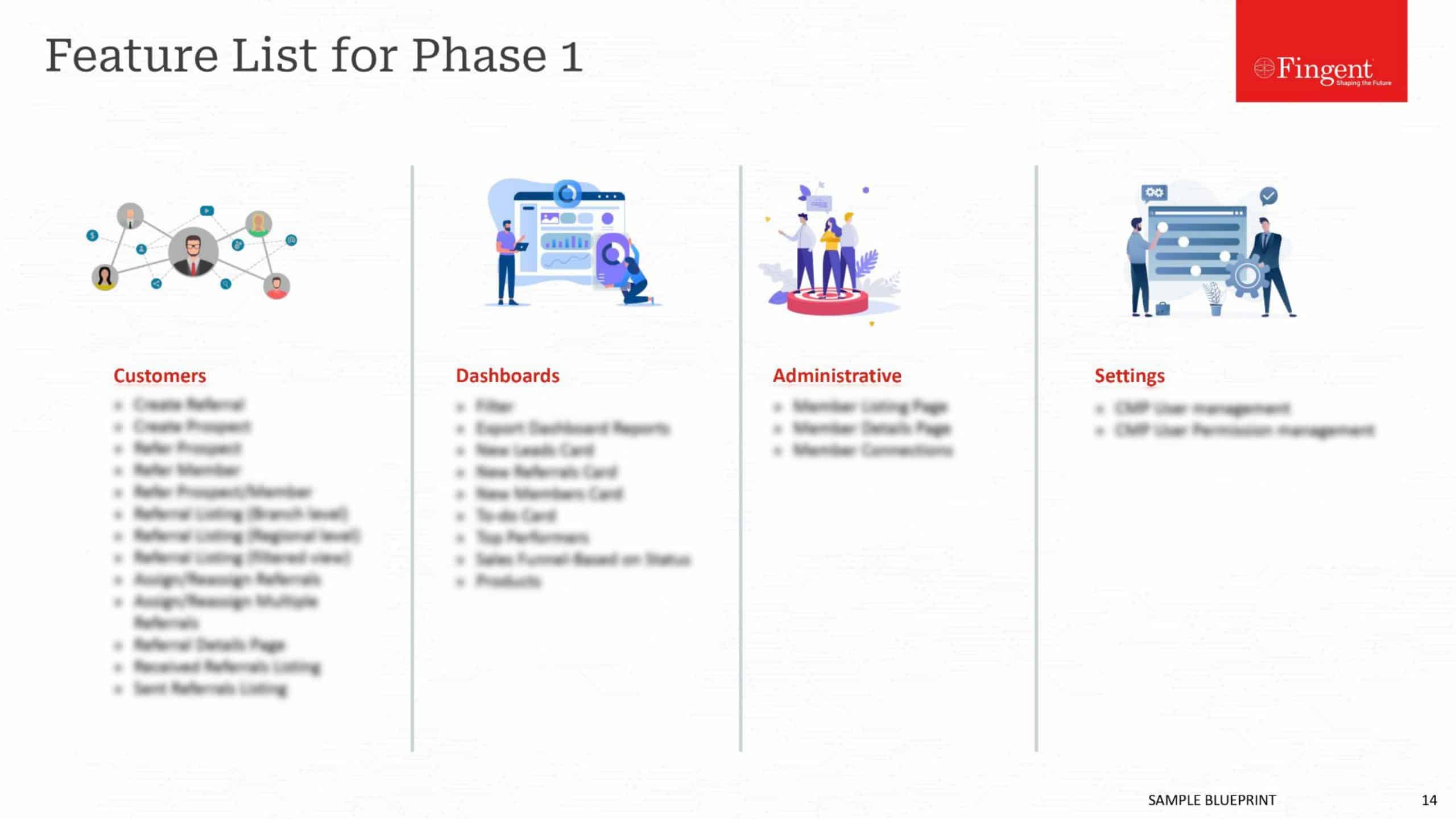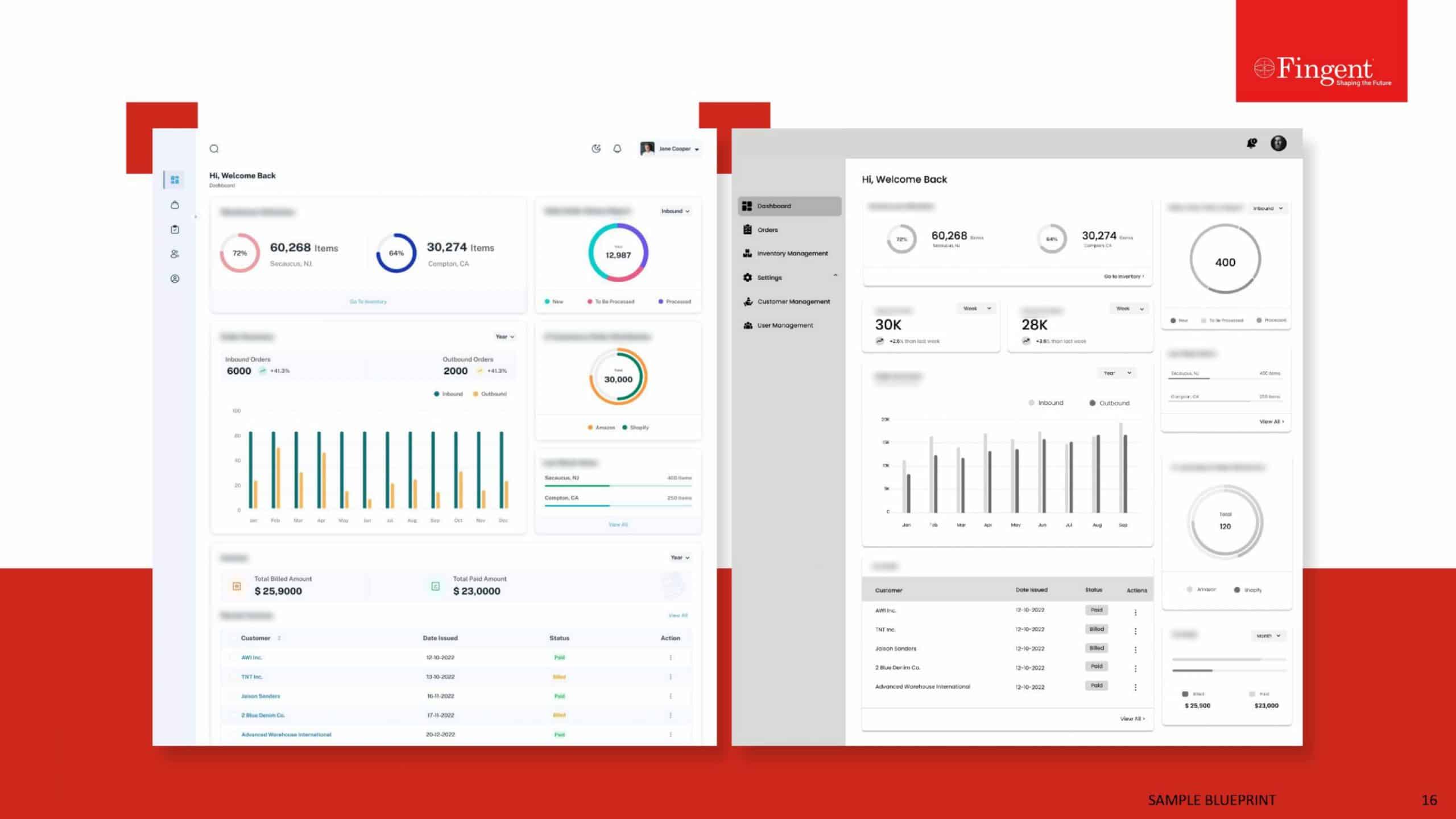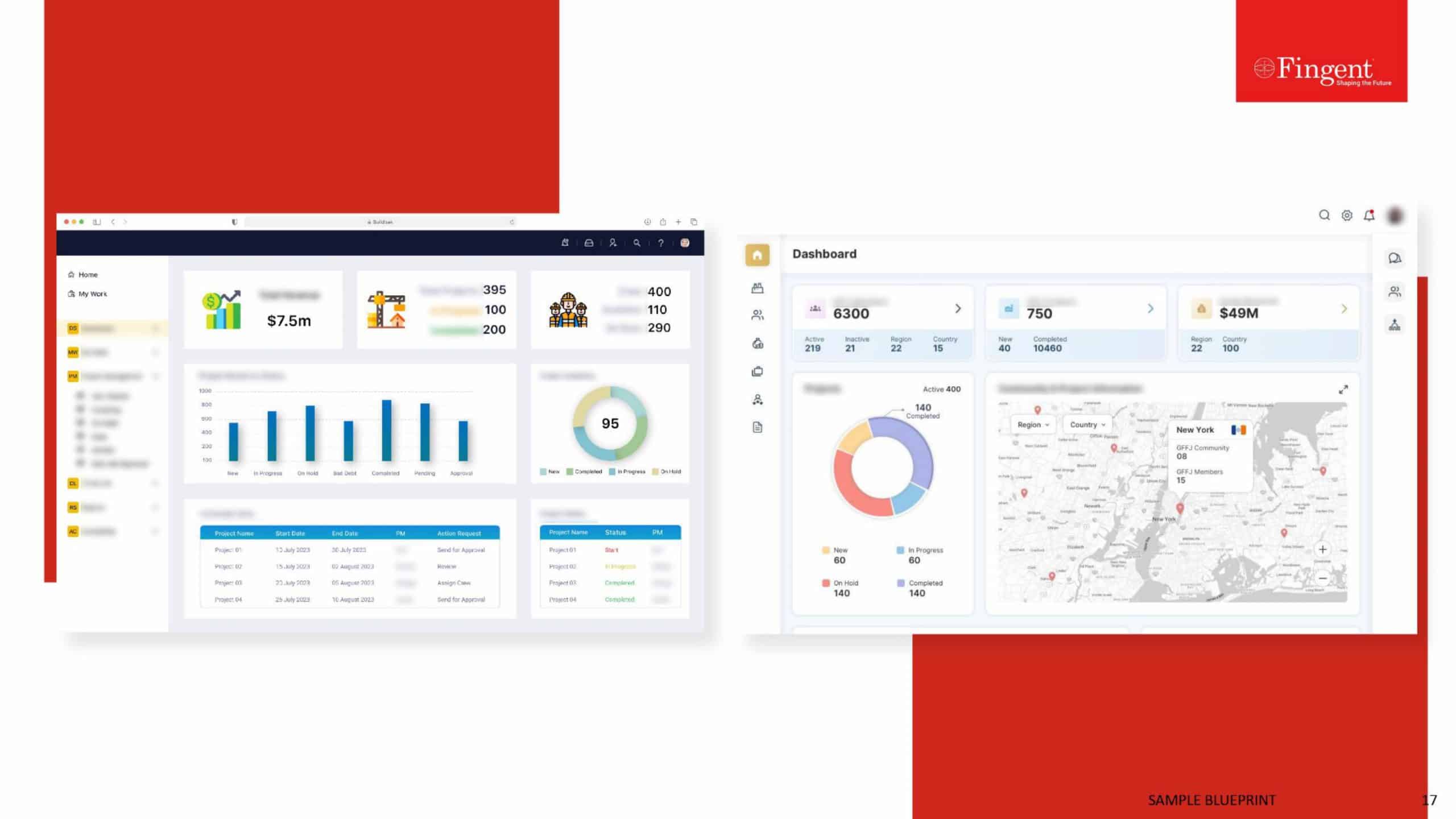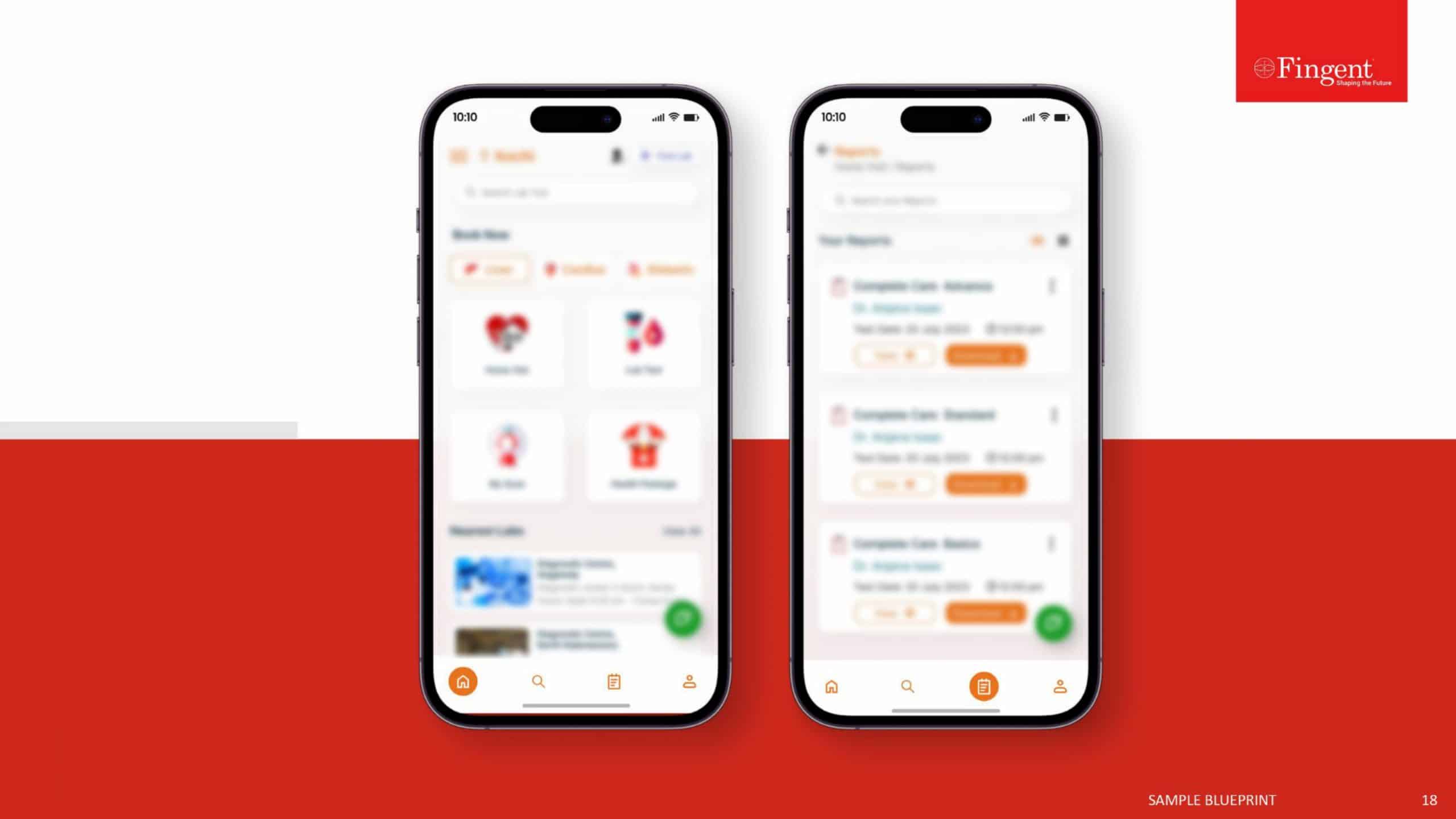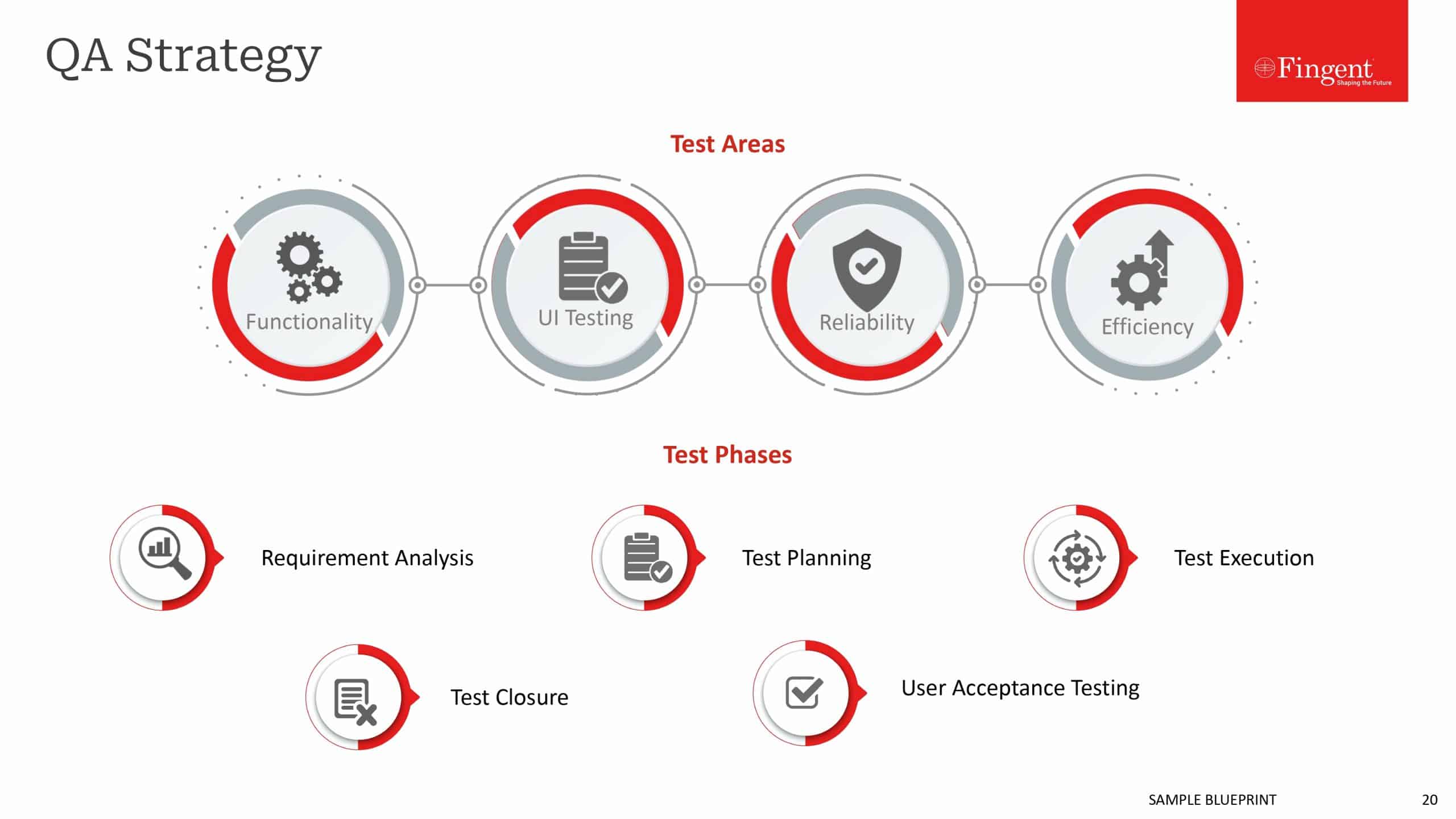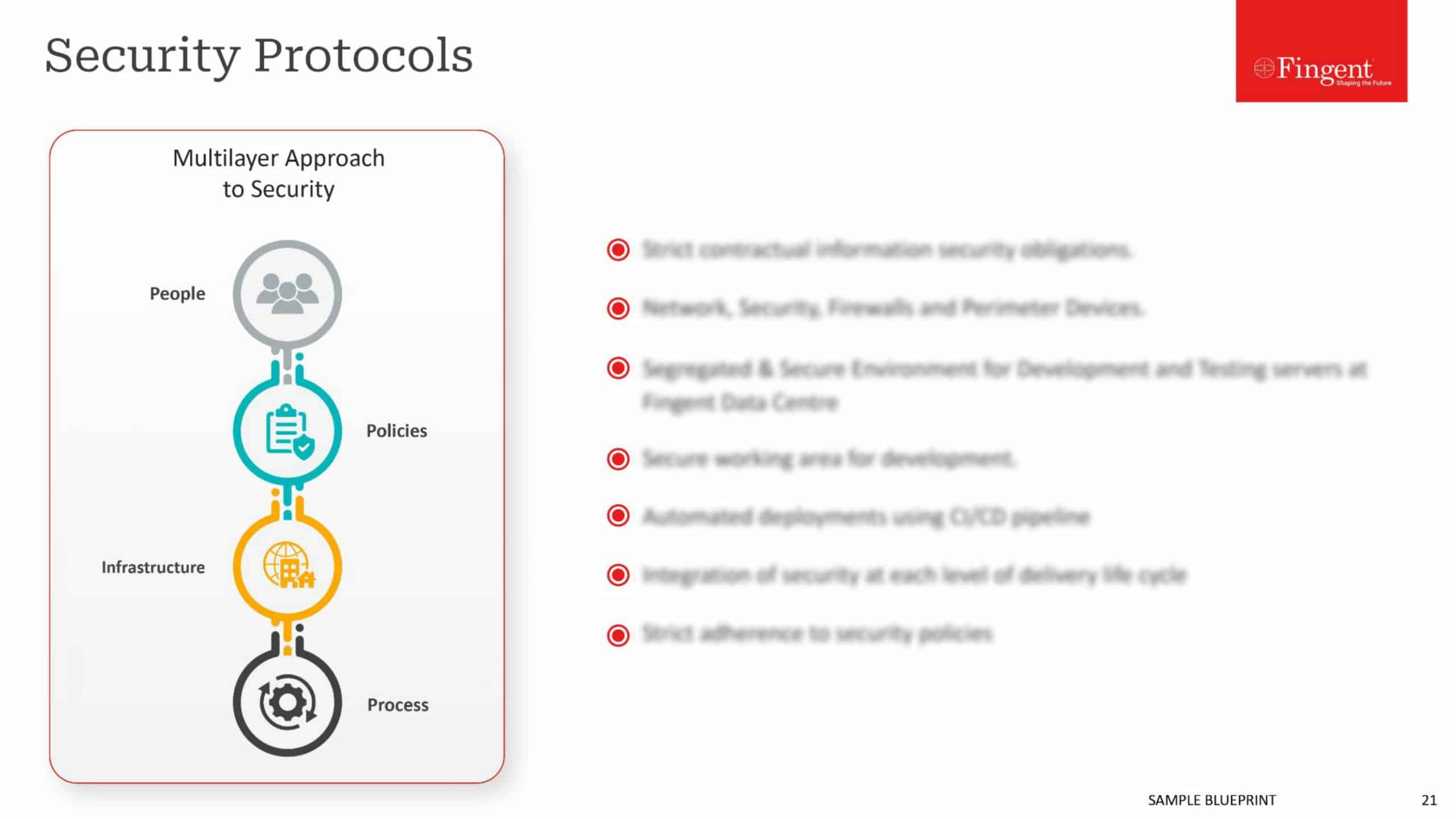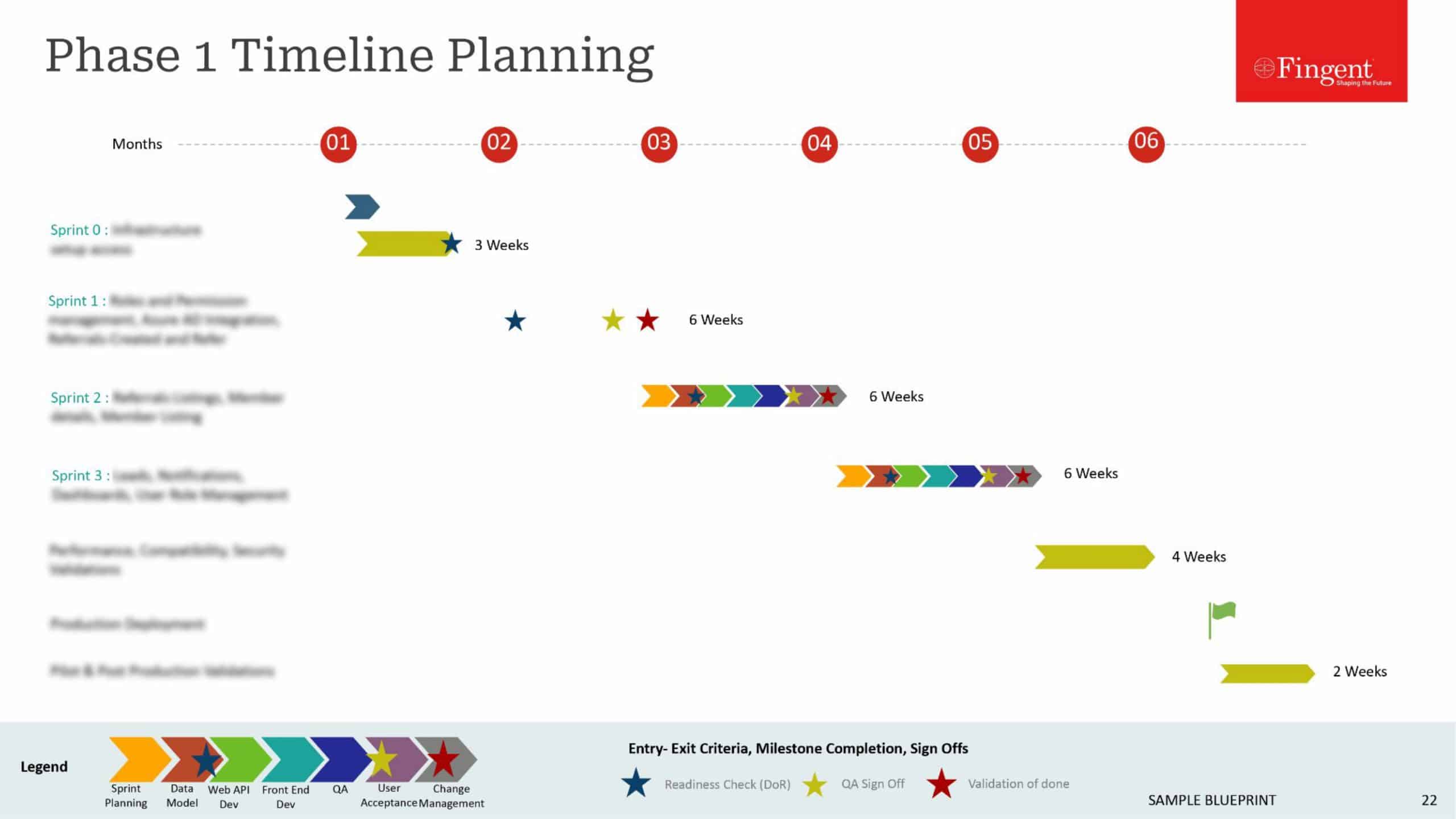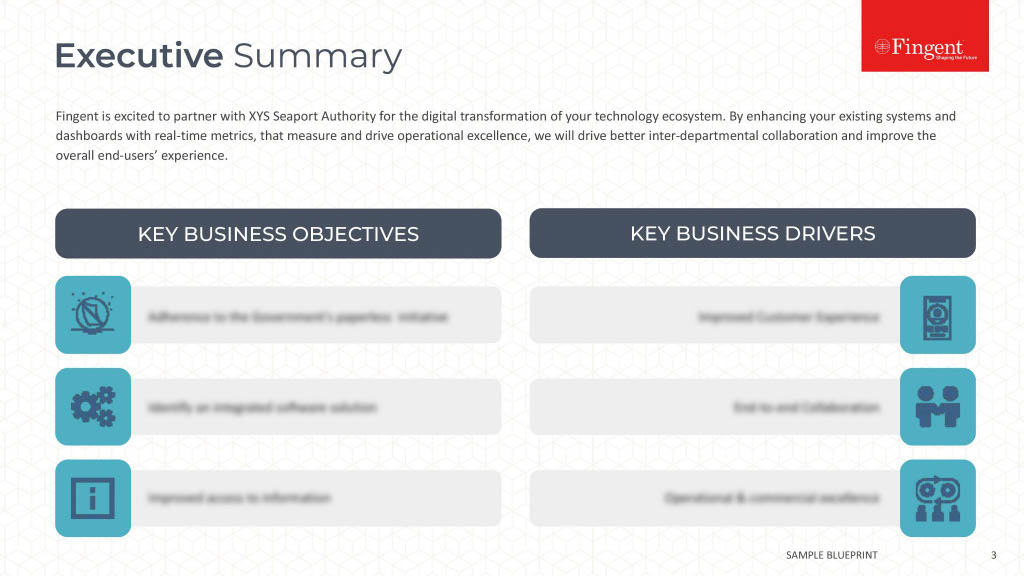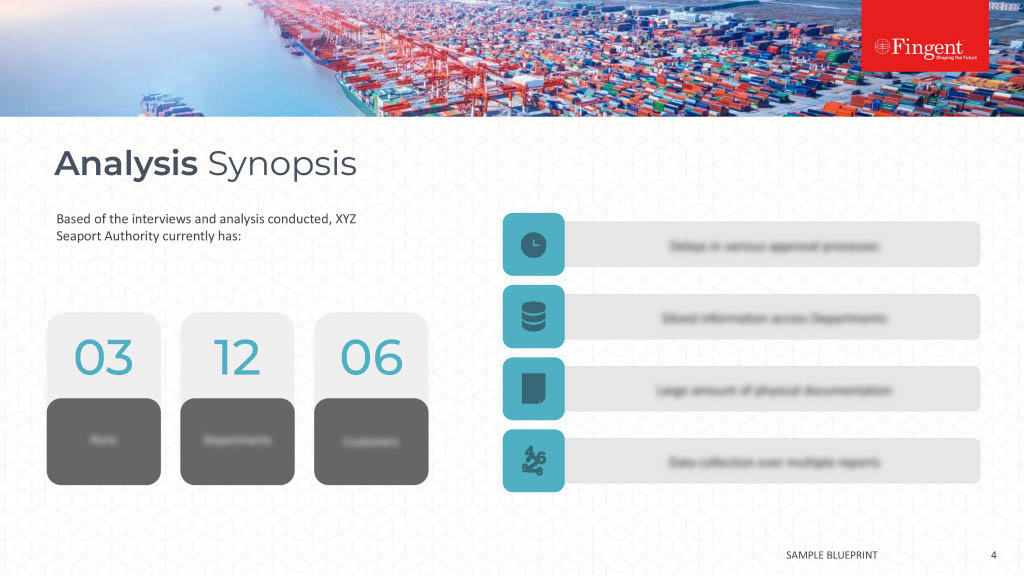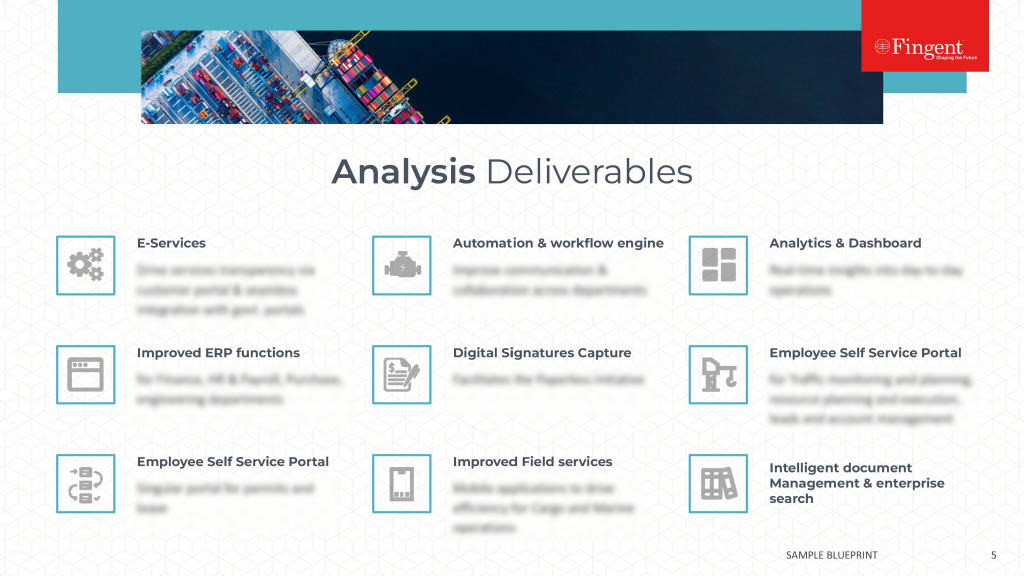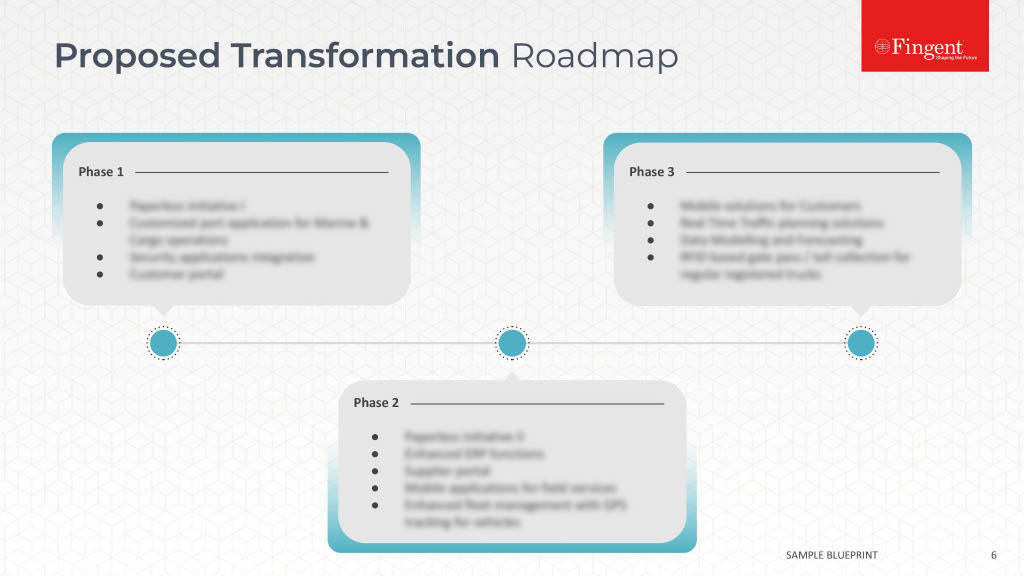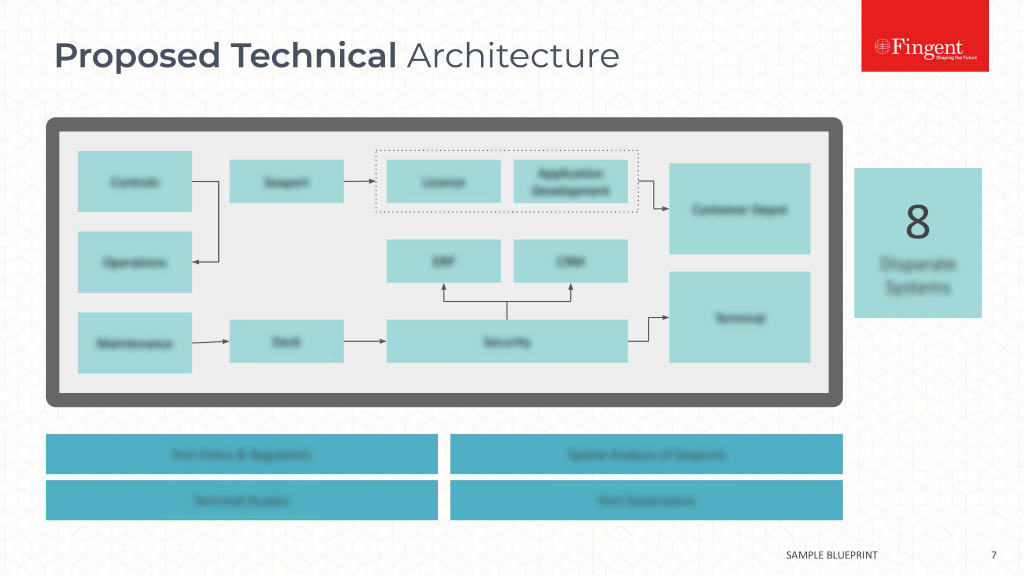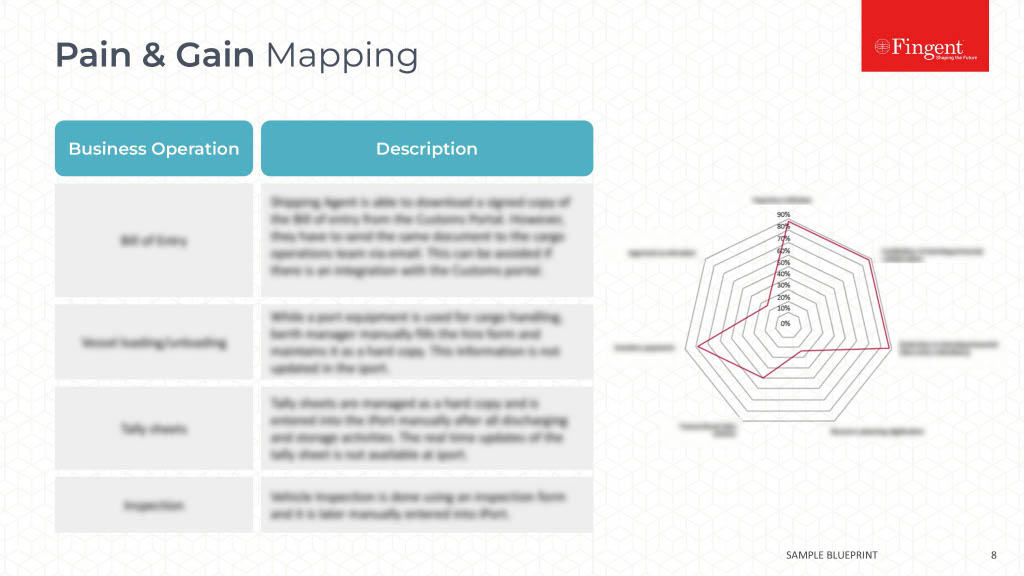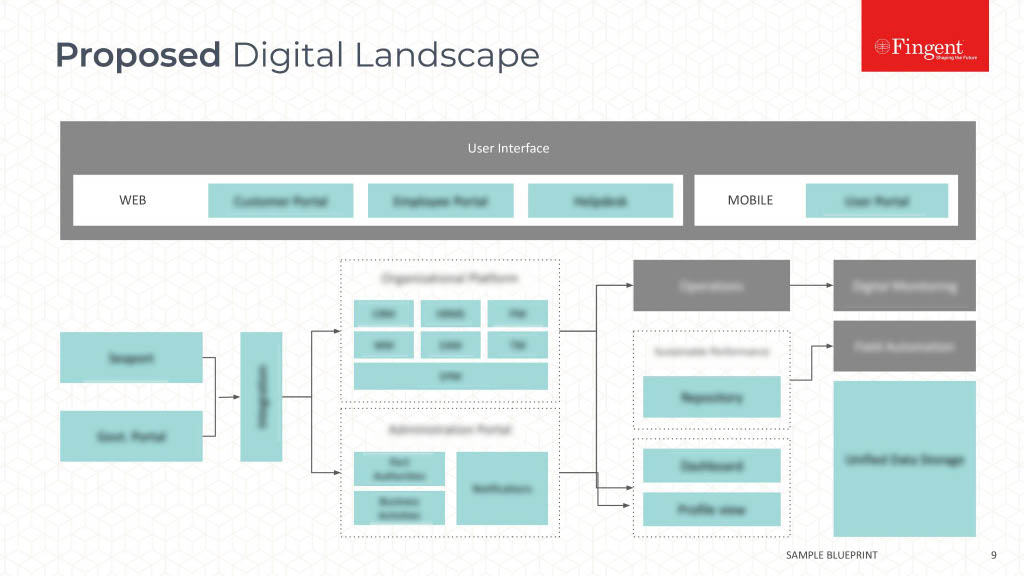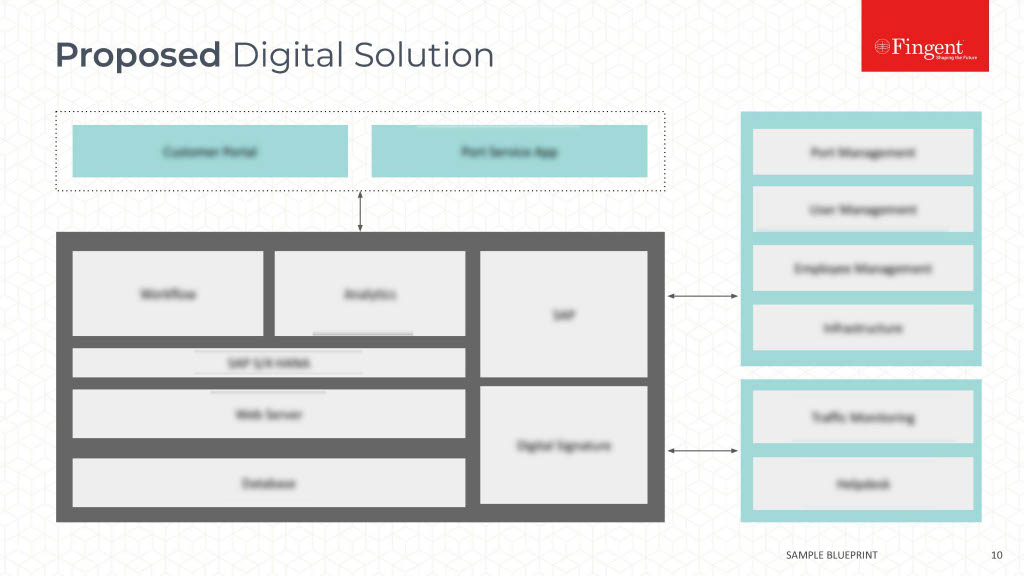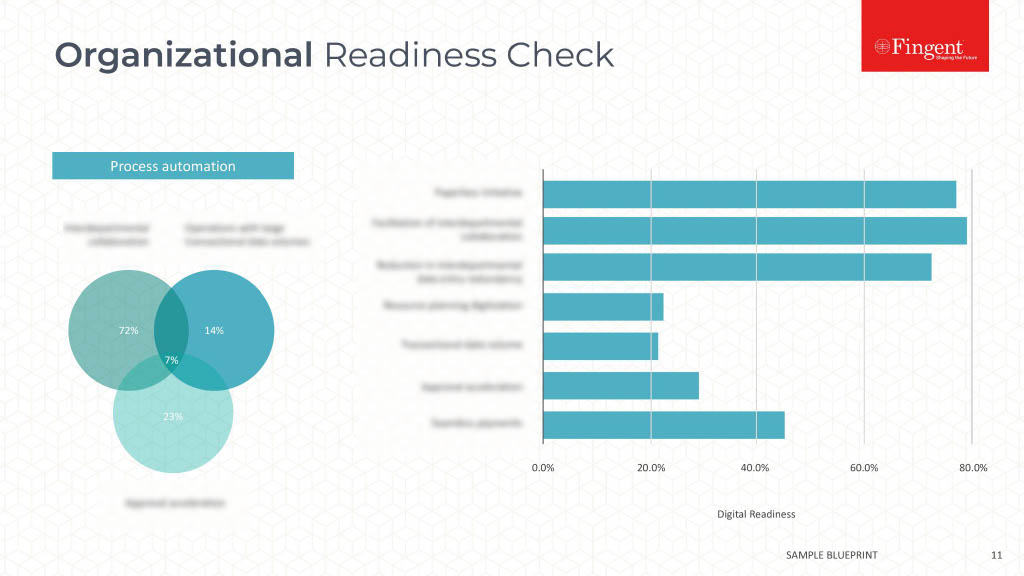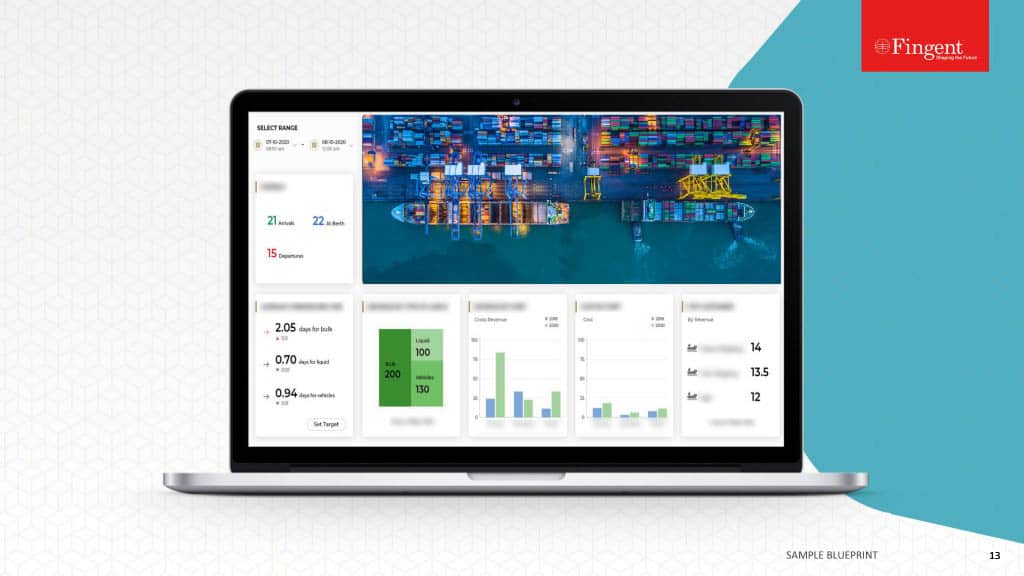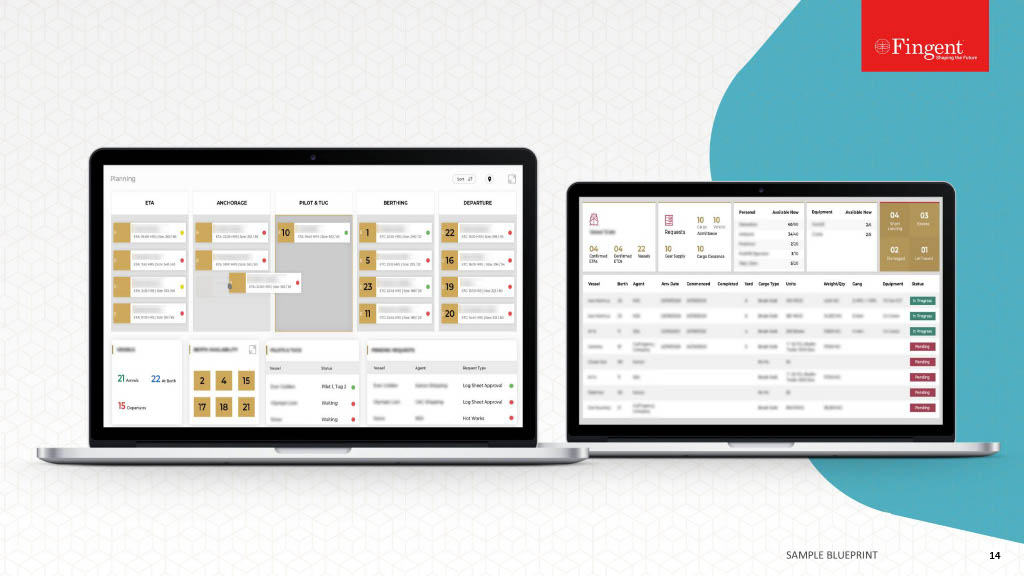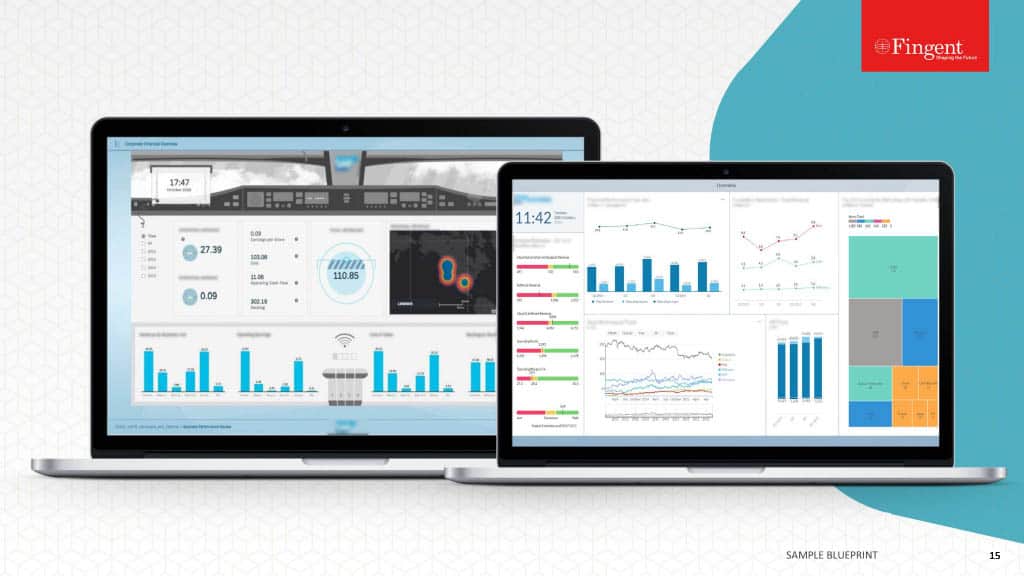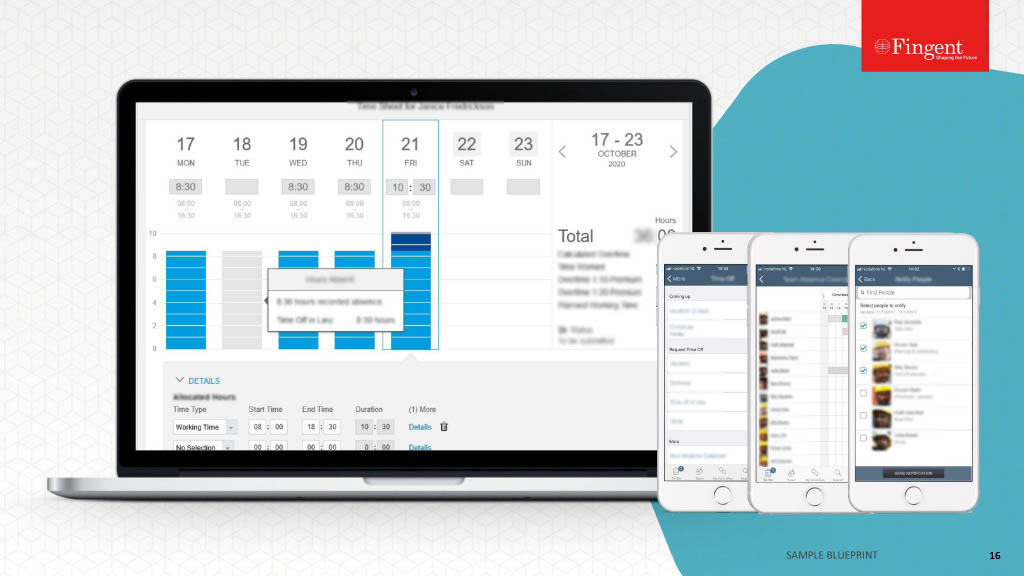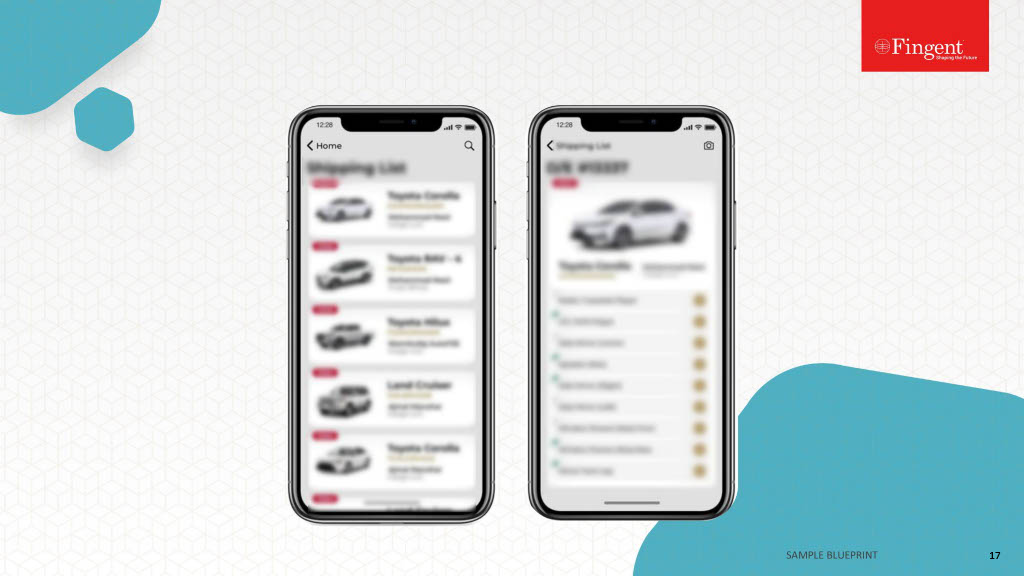Category: Technology
Most Common Mistakes To Avoid While Implementing IoT
There are many pressing concerns about the possibilities of IoT in businesses. The most common is probably the question, “Is my business too small to adopt IoT practices?” However, as per the available statistics, the global IoT market is expected to reach $1.7T by the end of 2019. It is surely not unnoticed that IoT implementation has helped businesses both big and small to drive growth and innovation.
Making key errors while implementing IoT can however cause the entire business system to halt. These issues can be those related to device management, data flow across the organization, various partnerships involved, and so on. Security, scalability, cost involved, and the complexity of the system are other key factors.
Let us walk through the most common mistakes made while adopting IoT.
1. Security Concerns Associated With Technology Implementation
More than 80% of the senior executives in industries across the globe suggest that IoT implementation is crucial for positive business outcomes. Since more and more devices are connected to the global network, the highly sensitive data and applications require access restrictions to avoid any malpractices. For instance, the security scope needs to be end-to-end to support connected devices.
An IoT implemented framework needs to be secure. The security concerns could be any of the following:
- An Insecure Web Interface
- Improper Authorization Techniques
- Privacy Issues
- Cloud Interface Insecurity
- Insecurity In The Mobile Interface
- Insecurity In-Network Services
- Software Or Firmware Issues
- Lack Of Physical Security
- Lack Of Transport Encryption
- Issues In the Security Configuration
Poorly secured IoT devices and software make the IoT prone to cyber-attacks. End-to-end security is thus crucial for any IoT deployment. For instance, consider an Internet-connected car wash. Such devices use a default password. In this case, when a security concern arises, it also leads to a safety concern.
The solution here is an external security audit of the implemented IoT device. This builds confidence to perform new IoT implementations as well.
2. Not Being Aware Of The Critical Data Flow Forecasts
Not being able to forecast data volume can be one of the major mistakes in IoT implementation of devices and applications. According to EMC Research, the rate at which data is growing is exponential. It states that the volume of this data would be equivalent to 6.6 stacks of 128gb i-Pads which are fully-loaded, and will stretch from the Earth to the Moon!
Moreover, many businesses think that the more data they extract, the better it is for their business. Many a time, this misconception can lead to storage swelling of both structured as well as unstructured data.
The solution is to ensure the proper working of the right IoT big data business strategy with a clear forecast on different factors. The factors could be the amount of network traffic, storage requirements, and so on.
In case of an already existing functional data system, edge computing can be implemented to ensure intelligent pre-processing of data.
3. Cost Factors Involved In Decision-Making Of IoT Implementation
According to recent statistics, cost savings have turned out to be the major IoT adoption criteria for over 54% of enterprises. Taking into account just the cost factor while deciding to implement IoT might turn out to be another major mistake. Various factors affect the cost of implementing IoT projects. Starting from the number of connections to the device, the type of technology used, to the type and features of the application to be loaded, there are many more.
Hardware, let us say, is a major factor that affects the cost of IoT implementation. The cost of the IoT application is directly proportional to the number of devices used in the connection. Likewise, Infrastructure is another major factor that influences the cost of IoT projects. The infrastructure used could be wireless, middleware, or cloud-based.
4. Lack Of Proper Plans For Device Updates And Replacements
A proper IoT device management is critical to ensure core compatibility of the IoT platform. Device reliability is the most important requirements to ensure an enterprise-ready platform. Device management operations include network, power states, device geolocation, and so on.
Large volumes of data collection, transfer, storage, and utilization can result in malfunctioning of connected devices in the IoT ecosystem. Implementing an IoT platform enhances the integrity of connected devices.
The solution to the pressing concern of planning can be solved through regular monitoring, diagnostics, software updates, and maintenance. Performing frequent OTA (Over-The-Air) updates helps the IoT platform in monitoring and maintaining the device software, fixing bugs, managing firmware, and in customizing the connected devices. This ensures in-depth device protection.
Related Reading: Check out more about IoT – Where and Why should you invest!
In addition to the above-mentioned common mistakes, the following are a few other factors that can lead to IoT errors:
- Lack of setting a realistic timeline for IoT implementation – Achieving a realistic idea on the timeline of IoT implementation is necessary for a positive outcome.
- No Tolerance For Possible Failures – Implementing IoT without having a clear picture of your IoT project can be a big mistake. Leave room for scaling up new ideas.
- Relying Only On Existing Charts – IoT implementation requires dedicated decision-makers instead of relying only on existing organizational charts and decisions.
- Lack Of Technical Expertise – When every part of the IoT project is either reinvented or being contracted out, you are unsure of the third-party development and deployment teams. Technical expertise is the key to a successful IoT project.
Are you looking for an efficient technology partner to help you adopt IoT the best possible way? Get in touch with our custom software development experts today for a streamlined and error-free IoT implementation for your business.
Stay up to date on what's new

Featured Blogs
Stay up to date on
what's new



Talk To Our Experts
What Is Robotic Process Automation?
Robotic Process Automation is the process of applying automation to perform tedious business tasks of the workforce, such as data manipulation, response triggering, transaction processing, and other redundant tasks. According to a recent study by Snaplogic, 90% of the workforce are burdened with redundant tasks. This not only reduces their productivity but also consumes significant amounts of time with which they could perform higher-value tasks.
The Role Of RPA: Features That Enhance Business Process
Once your enterprise has decided to implement RPA, it is time for you to choose the right robotic process automation solution.
Traditional RPA software bots are known to handle only a specific task at a given time. When it comes to addressing high volumes, there is a necessity to clone these bots and run them simultaneously. RPA providers usually charge users for each concurrent process. This can become a costly affair for enterprises, especially during volume spikes. Thus, undue extra costs are a key factor to consider while choosing an RPA solution for your business.
RPA works as a virtual assistant and can handle complex processes starting from performing complicated calculations, data capturing to maintaining records.
In addition to prioritized work queues, user-friendly features, data analytics, and non-disruptive nature, the following are crucial features that enhance business processes:
- Non-disruptive nature: An enterprise can easily implement RPA into their workflows without having to disrupt or change the existing structure or risks.
- Data analytics: Gathering critical data from multiple sources, analyzing and storing the data, and creating reports have brought digital transformation to businesses with RPA. This enables accurate forecasts of sales data along with other Key Performance Indicators (KPIs).
- Prioritization of Internal Work Queues: Every RPA software consists of internal work queues. These work queues are used to extract data derived from various transactions for analysis. The extracted data is then stored on a cloud server and made available for access by the bots.
- User-friendliness: Employees can operate on the robots without any extra RPA knowledge. They only need to learn how the systems work.
- Scalability: With RPA, it is possible to upscale and downscale various robotic operations.
Related Reading: Learn more about how Robotic Process Automation is revolutionizing industries.
Types Of Robotic Process Automation Tools
RPA enhances robotic performance in different ways. The three major categories include Working Robots that are commonly used for Data Collection and Project Planning. Monitoring Robots detect faults and breakdowns, whereas Screen Scraping Robots provide data migration tasks for enterprises.
Robotic Process Automation tools come in varying sizes and shapes. Analyzing your business objectives is the most critical factor before deciding to choose a specific RPA tool for your business. A few of the major RPA tools are as follows:
- Attended Or Robotic Desktop Automation Tools
This type of automation always starts with the user via the user’s desktop. The user first launches the RPA code to perform required operations rather than waiting for the workforce to perform.
- Unattended Automation Tools
This type of automation completes business processes in the background and is used mainly to perform back-end tasks.
- Hybrid Automation Tools
This type of automation combines both attended and unattended automation tools to perform start to end operations.
Related Reading: You might like to read more about ways to empower RPA for enhanced business growth.
How To Choose The Right RPA For Your Business
A clear set of objectives form the primary goal before opting a specific RPA tool for your business. The following are the key factors you need to consider before selecting an RPA tool for your business:
1. Easy-to-use Interface
Simple user experience is a major criterion for choosing the right RPA tool for your business processes. A simple user interface will ensure all employees work efficiently.
2. Proper Deployment
An RPA tool that can be quickly deployed with the existing technology stack is what is required.
3. Cost
Replacing tedious tasks performed by the human workforce is largely replaced by the bots. This process of automation saves costs. Employees can focus on their core tasks and spend time and effort on their skills rather than performing redundant and tedious tasks with the help of RPA tools. Purchasing an RPA software tool involves associated costs, such as cost of individual licenses, cost of the software, and other overheads.
4. Scalability
Implementing an effective RPA tool enhances the business processes and leads to the growth of the enterprise. This growth is accompanied by hiring more resources. Thus an RPA tool can enhance the scalability of a business in the long run.
5. Security
Data analytics, compliance, and financial transactions require a highly secure environment. A great RPA software tool ensures a secure solution for all business processes and updates as well.
6. Architecture
The architecture of the RPA depends on where you plan on employing your RPA tool. The deployment and maintenance of an RPA tool depend on factors such as layered design, component reusability, robust delivery, popular language support system, easy accessibility, and so on.
7. Features
Choosing an RPA suite that consists of solid inbuilt features is critical. Flexibility, scope, availability of wizards and GUIs, other extendable commands and supports are some of the features to consider.
8. Exception Handling Support
A robust RPA solution can detect errors during automation and automatically resolve without human assistance. In other cases where human intervention is required, an effective RPA tool must be able to send error messages.
9. Extended Support
Different vendors offer different support. A dedicated support team is necessary to ensure strong maintenance and support.
To make the best decision on choosing the right RPA solution for your business and access the full potential of RPA tools, get in touch with our experts today!
Stay up to date on what's new

Featured Blogs
Stay up to date on
what's new



Talk To Our Experts
How Artificial Intelligence Is Simplifying Business Decision Making?
Technology in 2019 is moving with the speed of light. Immense breakthroughs in the field of deep learning and machine learning have allowed machines to process and analyze information in ways that we could never have imagined.
The role of Artificial Intelligence (AI) is noteworthy in this regard. One definition of AI is that it is “a collective term for computer systems that can sense their environment, think, learn, and take action in response to what they are sensing and their objectives.” This makes it a powerful tool, which when used the right way can radicalize decision making and completely changes the way we do business. This article discusses how AI achieves that.
AI – A Boon to Business
AI includes the automation of cognitive and physical tasks. It helps people perform tasks faster and better and make better decisions. It enables the automation of decision making without human intervention. AI can enhance automation thus reducing intensive human labor and tedious tasks. There are many more ways in which AI is making a difference. With smart weather forecasting, for example, AI is bridging the gap between data scientists and climate scientists. This gives companies the opportunity to fight disaster with algorithms.
The world is about to witness a great impact of AI on the economy and humans. According to McKinsey Global Institute’s research, AI could deliver an additional output of $13 trillion to the world economy by 2030, which would boost global GDP by nearly 1.2 percent a year. Acting as a capital-hybrid, AI can aid the growth of both the economy and humans. It will definitely have a revolutionary impact on the decision-making process.
AI the Game Changer
From tarot cards to time machines and more, the quest of man to know the future has been relentless. The ability to make decisions based on a knowledge of the outcome is no more fantasy, however. AI has brought this to the realm of reality and has revolutionized business decision making.
In the recent past, we have embraced analytics-driven decision making. Along with ever-increasing data storage and computing power, AI has the potential to augment human intelligence and enable smarter decision-making. AI could eliminate the huge costs of a wrong decision because it can practically eliminate human biases and errors. This could in turn speed up the decision-making process. The focus of the next few points is to highlight the ways in which AI can make a difference in business.
1. Marketing Decision-Making
In today’s customer-driven market complexities involved in decision making is increasing every day. This includes understanding customer needs and desires and aligning products to those needs and desires. A handle on changing customer behavior is vital to make the best marketing decisions.
AI simulation and modeling techniques provide reliable insight into the consumers’ persona. This will help predict consumers’ behavior. Through real-time data gathering, trend analysis and forecasting, an AI system can help businesses make insightful marketing decisions.
2. CRM
Organizations can identify a consumer’s lifetime value with the help of AI’s buyer persona modeling. It can help organizations manage multiple inputs. During a complex decision-making process, AI can efficiently manage and control different factors at the same point in time. It can source and process large amounts of data within minutes while providing valuable business-based insights. While we humans face decision fatigue, algorithms do not have such limitations, which make AI-based decisions faster and better.
3. Recommender System
Recommender system (engine) is a technology that recommends products or other items to users. Although recommendation systems were initially used for music content sites, now it’s used has expanded to various industries. In this, an AI system learns a consumer’s preference based on ‘explicit’ or ‘implicit’ feedbacks. This information can help the organization reduce bounce rate and craft better customer-specific targeted content.
4. Problem Solving
An expert system is a kind of problem-solving software which tries to replicate the knowledge and reasoning methods of the experts. This system uses expert thinking processes to provide data, which includes assessment and recommendations for your problem. This makes it easier to make the right decision and respond swiftly when faced with issues and problems.
5. Opinion Mining
AI has been able to provide reliable insight to decision-makers. For example, in marketing, AI has provided businesses invaluable insight about consumers, which helps them enhance their communication with the consumers. It also helps retailers predict product demand and respond to it quickly.
To that end, opinion mining helps businesses understand why people feel the way they feel. Most often a single customer’s concerns might be common among others. When sufficient opinions are gathered and analyzed correctly, the information gleaned will help organizations gauge and predict the concerns of the silent majority. AI has improved this mining process through automation, which is quicker and more reliable, helping organizations in making critical business decisions.
6. Augmented Analytics
According to a recent press release by Gartner, Augmented Analytics is going to be the next big trend which will transform the way analytics content is advanced, expended and shared. VP analyst at Gartner, Rita Sallam said, “The story of data and analytics keeps evolving, from supporting internal decision making to continuous intelligence, information products and appointing chief data officers.”
Wise business decisions are made when business executives and decision-makers have reliable data and recommendations. AI not only improves the performance of both the individual members of the team but also the competitive edge of the business.
Make Bigger, Faster, Better decisions with AI
Common sense and experience are no longer enough to anticipate the risks and consequences of critical business choices. AI with its varied applications helps businesses make informed and effective decisions which will have a positive impact on their business.
Implementing AI in your business isn’t as tall an order as you may imagine. It can be incorporated with your existing business applications to enhance them and make them invaluable. To explore how your business can leverage the full potential of AI, contact our team of experts at Fingent, a leading custom software development company, today!
Related Reading: You might also like to take a look at this guide to help you enhance your existing business app with AI.
Stay up to date on what's new

Featured Blogs
Stay up to date on
what's new



Talk To Our Experts
Custom Software Development: What To Do and Not To Do
The “build versus buys” debate in software development seems to have tipped in favor of custom software development as more and more businesses recognize the implications of customization on their growth. With rising competition, it has become imperative for each business to differentiate itself from its competitors in every way and custom software development rests at the core of this differentiation.
That being said, software development has seen its fair share of fails even when it is labeled custom. This makes it extremely important that your project is carefully planned out and well-executed. With many years of experience as custom software developers, we have put together a list of do’s and don’ts to help make your custom software development project a success. This blog will discuss 5 of them. Before that, let’s drive home the reasons why custom software is imperative for businesses.
Related Reading: Check out the top reasons why custom software development is important to your business.
Custom Software: The Backbone of Business
Custom software fulfills specific business requirements, which are unique to specific businesses. This helps businesses gain a competitive advantage and leverage the software to build processes that define an effective USP. While this in itself is an uppercut to reckon with, let’s have a look at a few more points that will help deliver the knockout punch in favor of custom software development.
- Solution Matches Need: Since custom applications are developed with your specifications in mind, the final solution will effectively address your needs. Therefore, it simplifies the entire business process saving time and effort.
- Minimal training: Tailored features make it very easy to use and require minimal training to get started on the software. When the software is optimized for each department, the interface requirements will be customized to match the needs and skill level of your employees.
- Works with your Business Model: As the custom solution is built around your business model, it will have the user roles and interoperability functions that your departments need to function effectively.
- Unique Code and Enhanced Protection: By developing a unique code that is specific to your software, custom software minimizes external threats and unauthorized access.
- Long Term Cost Benefits: Custom software helps automate several manual processes and thus saves on manpower. It also eliminates the licensing costs that accrue with off-the-shelf solutions.
- Increased Scalability: Custom software developers work on a long-term basis and can easily scale the software according to the growth of the business.
The Dos and Don’ts
There are several key steps involved in creating custom software. It involves a combination of foresight and creativity. Here are a few time-tested Do’s and Don’ts to help avoid the usual pitfalls that have been known to crop up in this process.
1. Pre-Planning
Don’t: Do not Ignore Preparation
Clients who are looking for a quick solution for their app requirements generally hire developers who agree to unreasonable deadlines. Under such circumstances, the planning and research step is often ignored and that has a ripple effect on the following stages. Not acquiring the necessary materials from the beginning can leave the company unprepared. This can lead to additional changes and the timeline for your project will have to be pushed back, not to mention escalating the costs involved.
Do: Prepare, Prepare!
The planning stage is crucial because it allows the developer to do a thorough SWOT of the idea. At this stage, some have found it helpful to include sketches or outlines and functionality options of the application. It works best to gather all the necessary information at the earliest stage to ensure your project stays on budget. This allows the project to stay on schedule.
2. Ensure its Customization
Don’t: Create for Yourself
You must have heard of the False Consensus Effect, where one thinks that others also think the same way he/she thinks. This can happen while designing the app. It is easy to put our ideas into a design and expect others to like it just because we liked it. That works contrary to the thought of customization.
Do: Keep it User-Centered
Consider carefully what the general user would appreciate. Developers must stick to the requirements drawn up at the planning stage while continuing to give their inputs on the initial ideas. Take pride in creating a user-centered app.
3. Technical Feasibility and Prototype
Don’t: Allow Misunderstandings
Misunderstanding the business’ requirements, miscommunication about the platform and the format can lead to major issues in creating the app.
Do: Keep Lines of Communication Open
Actively communicate with the team about the technical requirements and provide a timeline for building the prototype. It is difficult to visualize what an app would look like and how it will function unless there is a prototype. Ensure that you communicate frequently with management and obtain feedback at every stage of the development.
4. Design and Development
Don’t: Ignore Key Requirements
Design and development are the stages that take the most amount of time. Ignoring key requirements might lead developers to spend valuable time coding for a bad end-product. Functionality demands might be misread which leads to a loss of time and missed deadlines.
Do: Understand the Needs
It is vital to understand the UI/UX needs of the business to gain clarity and minimize work. The app will go through a lot of different changes. When changes are required, ensure that the development team and management are on the same page. Once decisions are made, stick to them.
5. QA Testing
Don’t: Be Negligent
The testing team should not be negligent towards post-development issues such as bugs, form functionalities, and security licenses. This could negatively impact the launch of the application. It could either be delayed or the app might face a post-launch backlash. Ensure that the app is not launched until all aspects have been tested and are up to the standards required.
Do: A thorough QA Test
App testing is a tedious job, but it is an important final stage. Compatibility, interface, security, and performance are some of the factors that should go through a rigorous check. Remember, after this whatever happens with the app will be in full public view.
Achieve Efficiency and Growth with Custom Software Development
Leading companies save time and costs in the long run when they customize their software according to their business model. Whether it’s creating accounting software or an HR solution or a customer-facing application, custom software allows you to choose the features you need for your business and employees. If you want to find business flexibility and growth, custom software is the right answer. It meets the needs of the company while allowing the business to grow without being limited by on-the-shelf software. To find how custom software development can do wonders to your business, call our experts today!
Stay up to date on what's new

Featured Blogs
Stay up to date on
what's new



Talk To Our Experts
Choosing The Right Mobile App Development For Your Business
In this digital era of advanced business-technology trends, enterprise mobility is of prime importance. Mobile App developers are constantly on the hunt for the best platform for developing their applications. With more and more B2B enterprises adopting the mobile-first strategy, businesses choose the best mobile application development platform after evaluating their business goals and technical requirements.
Enterprise mobile applications are categorized into three, namely, Native applications, Mobile Web applications, and Hybrid applications. Native applications are built for a specific platform. For instance, Facebook has individual applications for Android as well as iPhone users.
Mobile Web applications, on the other hand, can be described as websites that are mobile optimized. Hybrid mobile applications, however, are a blend of both Native and Web technologies. Hybrid applications best suit cross-platform requirements and also ensures a cost-effective solution for businesses.
Why Opt For Hybrid Mobile App Development?
According to a survey by the Ionic Developer in 2017, 32.7% of developers among over 13,000 developers had completely abandoned native app development and were in favor of the Hybrid approach. What makes the native application development wane, compared to Hybrid mobile application development? It is the huge benefits of the latter, which we will be discussing below:
- A hybrid mobile application is a native web application wrapped up within a native application. Technically, it is written using HTML5, CSS3, and Javascript. This is then compiled into either a native iOS, Android or other mobile platforms, using a wrapper technology such as Cordova or PhoneGap.
- Hybrid applications make use of web technologies such as Javascript, HTML 5 and CSS3. Additionally, it can also access features from the native platforms. That is, hybrid mobile applications can access GPS, camera, contacts, etc and also being able to run on both Android and iOS platforms.
- Since hybrid platforms make use of a single code base to run on multiple platforms like Android, iOS, and Windows OS, these applications are platform-independent and require less development time.
- Hybrid mobile applications support offline features such as local storage capabilities as it supports SQLite database.
Instagram, Yelp, Uber, BaseCamp, etc are examples of hybrid mobile applications. The major hybrid mobile application frameworks widely used are Ionic, Onsen UI, React Native, Apache Cordova or PhoneGap. With the advent of these frameworks, mobile application developers can now write code once and run anywhere.
When To Choose Hybrid Mobile App Development
Hybrid mobile applications can be a great option to choose based on several factors. One should consider the functional advantages as well as impacts of the selected approach, implementation methods, challenges, etc. Other key parameters to consider are development, implementation, cost, time-to-market, usability, and so on.
The biggest advantage of a hybrid approach is that the shared code can be deployed across many platforms. This saves time and cost of application development. So when do you choose a Hybrid approach over native app development? Here’s what you have to ask yourself:
1. Are you testing a hypothesis?
Consider the initial phase of developing your application. Deploying a hybrid application can be a better cost-effective solution over a native application. The choice is significantly valid when it comes to situations where you are running short of resources, you require user validation and feedback, and when you are aiming at a quick go-to-market strategy.
2. Are you developing an enterprise application for internal use within your company?
The ‘Write Once And Deploy Anywhere’ functionality of hybrid applications is the best choice for internal users. There would not be a need to develop 2 separate applications, developed in each platform as the application requires just the basic functionalities. This also avoids the need to employ additional resources to deploy separate applications, as well.
Additional decision-making factors can be the following:
- If your objective is to target multiple mobile platforms.
- If you want to leverage additional benefits such as geolocation services, accelerometer, and so on.
- If the mobile application needs to be used even under offline circumstances.
- If advanced graphics capabilities are not major criteria.
Related Reading: You may also like to read about how to use mobile app data.
Advantages Of Hybrid Mobile Applications
1. Multi-platform Support
Hybrid applications can run on multiple platforms. It is just that a specific native container or a module must be developed for each platform. This could be challenging for old browsers as they do not support rich HTML features, hybrid applications can still make use of device detection technique to trim the feature for low-end devices.
2. Code Reusability and Duplication
A hybrid application utilizes the same HTML content for all platforms. Thus, it leverages common server-side components. This is unlike native applications where code needs to be rewritten for each platform-supported language. This is why native applications require quite a lot of code duplication, which hybrid applications do not.
3. Time-To-Market
Since hybrid applications are not platform-specific, it does not require to be tested and certified before hitting the market, unlike native applications. This saves time to develop and deploy.
4. Usage Analytics
Working with hybrid applications makes usage logging easier. This is because the usage statistics of the existing web/ server-side applications can be used as such. This means that additional storage space to collect data, as a result of analytics performed, is not required. Thus, hybrid applications avoid the need for statistical data archival and purging tasks, unlike with pure native applications.
5. Future Enhancements
Improvising existing features are simpler in case of hybrid applications. This is because it does not require any client application distribution. This feature helps users continue using the application even in cases of app updates. It also saves users from facing the threat of security patches.
6. Security Features
Since enterprise apps are exposed over the Web, there are risks of data thefts. Hybrid applications utilize the HTTPS protocol and make sure no sensitive data is stored on the device.
Related Reading: Know which is the better choice for mobile app development: React Native Or Flutter
Don’ts While Using Hybrid Mobile Applications
Writing code once and being able to use it multiple times is a positive feature. That being said, make sure not to rule out the following before deciding to develop on a hybrid platform:
- Do not intend to develop animated or graphic oriented applications.
- Do not integrate heavy plug-ins, libraries like JQuery, and frameworks.
- Do not try to load all views at once.
- Do not choose a hybrid platform to develop complex multi-purpose applications.
Effective deployment of hybrid mobile applications can serve you as a boon. Be sure to understand the key Do’s and Don’t Do’s while deploying a hybrid platform for your application.
Call our experts right away to learn more about why and when to choose a hybrid platform for developing your mobile application.
Stay up to date on what's new

Featured Blogs
Stay up to date on
what's new



Talk To Our Experts
What Are Cobots?
Cobots have been around since the 1990s. Cobots operate in conjunction with humans to perform given tasks. They are built to interact physically with humans in a shared workspace.
In other words, cobots or collaborative robots can be defined as the hardware version of Augmented Intelligence. Rather than replacing humans with their autonomous counterparts, collaborative robots augment artificial intelligence technologies to physical bots. According to Barclays, cobots can revolutionize production. This is effective, especially for smaller companies, that account for 70% of the manufacturing industries, globally.
Cobots help in improving human capabilities in performing tasks with greater strength, accuracy, and data capabilities. The first collaborative robot was a device used to directly interact physically with a manipulator that was computer-controlled’. It was invented by J Edward Colgate and Michael Peshkin in the year 1996. Later, Kuka Robotics launched its first collaborative robot in the year 2004, named LBR 3.
How Are Cobots Useful In Various Industries?
Since Cobots are capable of performing tasks alongside humans instead of replacing them, there is a multitude of ways in which Cobots are used in different industries for varying purposes. The major ones are as follows:
1. Hand–guiding: This cobot has an additional hand – a pressure-sensitive device at the end of its arm. With this arm, the human operator can teach the collaborative robot how to hold an object or how to move, or how fast to move, and so on. It also ensures that nothing gets damaged.
2. Speed and Separation Monitoring Cobots: This particular cobot operates in safety zones. Instead of stopping to perform its task when it senses an outsider’s presence in the safety zone, this cobot slows down and then tracks the location of the human. It stops as the human gets too close.
3. Power And Force Limiting Cobots: These collaborative robots are designed to frequently interact with humans. This specific cobot stops or reverses its movement on encountering any abnormality.
4. Safety Monitored Stop Cobots: These cobots are designed to work independently, but stop whenever a human needs to intervene. This cobot senses human presence and stops all movement until the human has left the safety zone.
Related Read: Check out how Robotic Process Automation Is Revolutionizing Industries
How Collaborative Robots Offer Game-Changing Benefits
Cobots have been brewing in the web-space for quite some time. In general, robots have replaced human labor from the industrial workforce since the industrial revolution. Robots, but operated within safe environments. Cobots, on the other hand, help in putting away some of the major spatial and environmental dangers that robots may cause, whilst working alongside humans!
Cobots can also be easily reprogrammed. Many businesses and industries are skeptical about falling behind their competitors, especially in situations where irrecoverable disasters are likely to take place. Here is when cobots can be an effective solution. Let us walk through the major benefits that collaborative robots offer in various industries:
1. Increased and efficient Human-Robot Interaction
In any given industry utilizing bots for performing tedious tasks, time, cost, and floor space are the three major critical factors to be considered. This is because the operator can work alongside the cobot, without having to leave the workspace. Cobots are known to reduce idle time of human workforce by 85%.
Consider a traditional assembly line that is set up in a workspace. Here the human workforce sets up the mechanical robots with required parts to perform the rest of the tasks. The entire production will be put to halt for a long time or stopped from its current operations, in case of any required human intervention. While on the other hand, a collaborative robot works along with the human workforce, which increases the efficiency significantly.
2. Applicable To Small And Mid-Sized Industries
Strategies to optimize costs are a major concern in every industry. This is because larger industries that have a higher production volume prefer a robot to perform tedious tasks. On the other hand, smaller industries prefer manual labor.
Implementing cobots can be beneficial across a range of industry sizes, as these bots do not require a heavy set up process.
3. Safety In Handling Dangerous And Tedious Tasks
Preventing human error is critical in every industry. For instance, steadying the movement of tools used in surgeries is complex. The process needs to be highly accurate as well. Cobots ensure a safer working environment by preventing human errors that can hinder operation accuracies.
4. Increased ROI
Cobots can be conveniently relocated whenever required. This makes it easy to eliminate any non-productive activities during working hours. In addition to being highly efficient and flexible, cobots ensure increased ROI due to significantly reduced labor and maintenance costs. This also results in an increased profit margin as well.
Related Reading: Read on to learn how you can accelerate your business growth with Robotic Process Automation.
Future Of Cobots
By the year 2020, cobot sales are expected to cross $3.1 billion. The sales of cobots are increasing every year. According to Barclays Equity Research, analysts state that the global sales of cobots have crossed US$120 million in the year 2015. This figure is forecasted to grow to $12 billion by the year 2025!
The figures above illustrate that the sales of cobots are just 5% of the total robot market. This figure is forecasted to grow exponentially as more industries start to explore the multitude of possibilities of these bots.
To know more about how cobots can be leveraged for your business, drop a call to our strategists right away!
Stay up to date on what's new

Featured Blogs
Stay up to date on
what's new



Talk To Our Experts
Five Ways AI Is Accelerating Mobile App Technology
Artificial Intelligence (AI) has permeated the tech world. It is enhancing everything from your car to your toothbrush. It is influencing the decisions that affect your life. Artificial Intelligence is the term used to define a machine’s ability to simulate human intelligence. Actions which were once considered unique to humans are now being stimulated by technology and used in every industry. This includes mobile app technology.
Mobile phones have been using AI for some time now. The earlier generation of phones was cloud-based and Internet-dependent. The difference today is that the latest smartphones integrate cloud-based AI along with built-in AI. The rate at which AI is expanding is accelerating.
Let us now discuss how AI is enhancing mobile app technology.
Related Reading: Take a look at the top AI trends of 2019.
AI is the Catalyst in Mobile Apps
As per a study by McKinsey Global Institute, AI expansion brought in an investment of $39 billion back in 2016 which was three times the amount invested in AI three years prior to that. Acting as a catalyst, AI is continuing to enhance mobile apps. It empowers the evolution of mobile apps by making them intelligent pieces of software that can predict user behavior and make decisions. AI allows mobile apps to learn from data generated by the user.
Mobile developers are adapting quickly to changing innovations. There are over 5 million apps in the leading app stores, which stands to show how AI is creating personalized app experiences for users and is adapting to various situations due to automated learning capabilities. Here are five specific real-life benefits of AI on mobile apps.
1. The Wrapping of Artificial Intelligence with the Internet of Things (IoT)
The combination of AI and IoT is powerful in creating a personalized experience for users. A large amount of varied data is collected from the customer in real-time as he uses the device. Each usage has commands or interactions that are being used with mobile apps. AI can then leverage this real-time data to deliver an enhanced personalized experience.
IoT reduces app development time significantly. In mobile app development, IoT along with Artificial Intelligence can lead to better utilization of resources and higher efficiency. Together they free up a good part of employee bandwidth. It delivers modified and more efficient apps and strengthens data security measures, which is vital because the future of mobile apps will always be revolving around connected devices.
2. Enhances Search Engines
Text and voice have been the traditional search modes. But say, you saw something you would love to buy, but you don’t know what it is called or how to find it. Visual search helps you find what you want even when you don’t know the words to describe it. The smartphone is the best launchpad for visual search technology. An example of this is Google Lens.
In some cases, visual search is more accurate and faster than a voice or a text search. Due to integrated AI in mobile applications, android developers are bound to develop an image recognition system and a voice recognition system. To increase conversion rates AI will provide localization of applications.
Related Reading: Learn more on how to build an intelligent app ecosystem with AI.
3. Empowers Real-Time Translation
There are so many translation apps which enable translation. However, most of these apps do not work without the internet. AI could enable your smartphone to translate different languages in real-time without the need for an internet connection.
Much like a digital version of what interpreters do, Artificial Intelligence can provide a simultaneous translation tool which allows sentences to be translated almost instantly without a time lag. AI allows the translation tool to be adjusted for latency. This would mean that a user can set the lag between a spoken word and its translation. This would be especially useful for certain languages which would require a longer time lag for better translation. Example: Baidu.
4. Improved Security with Face Unlock
Face Unlock was launched in September 2017 by Apple. Combined with Apple’s elaborate hardware, Apple iPhone X uses an AI-based algorithm for its face unlocking system. Using AI processing, the phone can easily identify the user’s face even with facial changes like specs or beard.
Recently, Google announced radar-based, hands-free gestures to face unlock. With its hands-free system, unlocking the phone would be easier, faster and secure. It claims that it can unlock the phone almost in any orientation.
5. Enhanced Mobile App Authentication
As AI is becoming easily available as a commercial technology, both criminals and organizations are taking full advantage of it. There are predictions by cyber-security experts that the world might witness many AI-powered cyber-attacks in the future. This necessitates the development of more sophisticated cyber defense systems. Also, with the increasing use of smartphones, we all need an advanced level of data security. Security has been one of the biggest concerns for Android developers.
Thanks to enhanced artificial intelligence with machine learning and deep learning algorithms we can look forward to a time when authentication becomes a smooth experience, which allows users to enjoy security without trading convenience. AI can be enabled to give alerts to users about possible threats. AI can also add a level of augmentation to biometric authentication which makes it almost hack-proof. Another benefit of AI algorithms is that they can find and alert potentially compromised accounts in real-time.
AI With You Now and Into the Future
AI presents numerous possibilities for innovation in the mobile app industry. AI is the future of mobile app development. Artificial Intelligence is changing how users interact with app services and products. Mobile app users will be linked to an ecosystem of intelligent applications and will work together to deliver a personalized user experience.
Businesses developing AI-enhanced mobile apps will benefit from the predictive analysis these apps can create. According to a study conducted by Callsign, the user preference for authentication is shifting. Such changing preferences would mandate further enhancements in the development of mobile apps.
An intelligent ecosystem will gather a large pool of social data and behavioral interest, which can be used to further increase revenue and improve user experience. It is not an exaggeration to say that the smartphone industry is being revolutionized by AI. This makes it important to enable AI in your business and mobile applications. Give us a call to discuss how this can be done.
Stay up to date on what's new

Featured Blogs
Stay up to date on
what's new



Talk To Our Experts
Is Applicant Tracking System The Future Of Hiring Process?
“Hiring the right employee has always been the key element for a successful organization. When you choose the best, you automatically get the best results!” _ Deepu Prakash, Senior Vice President, Process and Technology, Fingent
While candidates come aplenty, finding the right talent from the pool has always been an enormous challenge for recruiters and staffing agencies. Thankfully, technologies like AI-powered Applicant Tracking Systems are changing that in a big way.
An Applicant Tracking System (ATS) is a software that automates the recruitment process. It electronically filters, organizes and streamlines job applications according to job postings. ATS simplifies the complex process of recruitment by providing a centralized platform to view applicants. AI-powered Applicant Tracking Systems enable filtering applications based on set criteria and helps recruiters a big way, in tracking the advancement of applicants through the hiring process. In this article, we will consider how ATS can prove beneficial to recruiters and staffing agencies in particular.
How Does ATS Transform Hiring Norms?
ATS collects and maintains a database of candidate resumes and applications within itself. ATS tools help in hiring managers and corporate recruiters track and filter resumes in the hiring funnel. The major difference between traditional hiring and hiring with the help of ATS can be compared to the difference between fishing with a hook and fishing with a net. The benefit of the latter is a much bigger catch! ATS allows recruiters to track hundreds of applicants more efficiently rather than handle each applicant manually.
Companies that outsource talent can benefit greatly from ATS. Since they are not limited by geography, they can cast their net globally. It is not uncommon for a company to receive thousands of applications for a remote job they have posted. With ATS, they can filter out the right candidates for the job and save time and cost.
How HR and IT Combine to Deliver Real Value to the Enterprise
How Does ATS Empower Corporate HR?
ATS empowers the recruitment process in the following ways:
- ATS enables recruiters to post jobs online, receive and sort applications, screen out unsuitable candidates, process applications, communicate with candidates quickly, organize interviews and even handle the hiring process online.
- The AI integration enables ATS to identify patterns and segregate resumes/candidate profiles according to various departments and customized fields.
- One of the most important benefits is that it saves time. It is estimated that resume screening and candidate shortlisting can take 23 hours and making a hire could take four months. ATS can make this task easier, faster and automated, thus reducing the cost-per-hire and the time-to-hire.
- ATS allows corporate recruiters to be proactive and create jobs on platforms, which can be published on social media networks as well as targeted job boards.
- ATS assists corporate recruiters to screen candidates, to ensure they progress through the workflow process and store all the documentation in one place. It helps them to monitor applications at each stage and identify any issues early on thus reducing the time-to-hire period.
- Another important recruiting goal and challenge are accessing the right candidate skills. ATS includes features for customizable interview scorecards and questions. It allows recruiters to customize them based on the most important characteristics. This makes candidate evaluation easier and efficient.
- With AI-enabled ATS, recruiters can also set match levels for various job roles under different departments.
- An ATS with good reporting functionality will be able to help corporate recruiters measure the effectiveness of marketing. A good reporting engine will help recruiters, quickly pull out reports which show things like diversity statistics and the source of the application.
- Online job boards make it quick and convenient for candidates to apply for open positions resulting in a load of unrelated applications. An ATS is capable of quickly weeding out those unqualified candidates even before humans open a resume.
Related Reading: Check out how Odoo can help meet HR requirements.
How Does ATS Empower Staffing Agencies?
More than 98% of Fortune 500 companies are using ATS. This is a clear indication that ATS is an indispensable software for staffing agencies. Here are a few reasons why:
- An ATS helps staffing agencies grow their business. The bigger the staffing agency, the more complex their database. Communication, tracking candidates, and other recruiter activities can become difficult to manage. AI-enabled ATS identify patterns and sorts resumes according to job profiles helping recruiters choose the best candidates among the large pool.
- ATS empowers staffing agencies to source candidates more efficiently. The existing candidate pool within an ATS is often a very good resource for finding quality candidates.
- A good ATS has an open ecosystem where you can match solutions to needs effectively. This allows users to customize ATS to meet a client’s specific needs by adding partner extensions, integrating third-party vendors, and building new applications on the platform.
- ATS improves the candidate experience. According to key findings in a Global Recruitment Insights and Data study, respondents said that “candidates will matter most in 2019, with sourcing (61 percent) and candidate engagement (36 percent) leading the pack.” ATS along with its integrations can help in this regard by simplifying and enhancing every step of the candidate experience.
- It helps agencies keep their clients happy by improving client management. ATS can log all of your conversations with a client automatically.
- ATS helps staffing professionals to be more productive because it allows team members to work from anywhere and still collaborate effectively.
- The conventional recruiting process causes a lot of friction between hiring managers, the HR department, and others involved in the process. An effective AI-powered ATS will help smooth things out and reduce disagreements, thus making it easier for all involved to work together.
- A shorter time to hire always works better for the organization. Not only does it save resources, but it also ensures that suitable, qualified candidates are selected and hired quickly before the competition has a chance to snatch them away.
Power Charge Your Hiring Process with ATS
As discussed, a good ATS will illuminate and guide all aspects of the recruitment process. It will help corporate recruiters and staffing agencies better understand their candidate pool and make quicker and more effective hiring decisions. It is reported that 86% of staffing professionals were able to hire faster with the help of ATS. Understanding and using the candidate database to improve hiring performance helps the business act more quickly. Quicker onboarding process results in increased productivity, which translates to more profitability.
Fingent top custom software development company, will understand the need to keep pace with the requirements of today’s market. Bringing together smart AI and recruitment practices, we create purpose-built software to help you reach your ideal candidates faster. So let’s get you started with an Application Tracking System that will transform your business and beat the competition.
Watch more about Applicant Tracking System.
Stay up to date on what's new

Featured Blogs
Stay up to date on
what's new



Talk To Our Experts
Stay up to date on what's new

Featured Blogs
Stay up to date on
what's new



Talk To Our Experts
Key Differences Between Machine Learning And Deep Learning Algorithms
Artificial Intelligence is on the rise in this digital era. According to IDC’s latest market report, global investment of businesses in AI and cognitive systems is increasing and will mount to $57.6 billion by the year 2021.
Artificial Intelligence holds a high-scope in implementing intelligent machines to perform redundant and time-consuming tasks without frequent human intervention. AI’s capability to impart a cognitive ability in machines has 3 different levels, namely, Active AI, General AI, and Narrow AI. Artificially intelligent systems use pattern matching to make critical decisions for businesses.
Related Reading: Know the different types of Artificial Intelligence.
Categories Of Artificial Intelligence
Machine learning and Deep learning are 2 categories of AI used for statistical modeling of data. The paradigms for the 2 models vary from each other. Let us walk through the key differences between the two:
-
Machine Learning: Process Involved
Machine learning is a tool or a statistical learning method by which various patterns in data are analyzed and identified. In machine learning, each instance in a data set is characterized by a set of attributes. Here, the computer or the machine is trained to perform automated tasks with minimal human intervention.
To train a model in a machine learning process, a classifier is used. The classifier makes use of characteristics of an object to identify the class it belongs to. For instance, if an object is a car, the classifier is trained to identify its class by feeding it with input data and by assigning a label to the data. This is called Supervised Learning.
To train a machine with an algorithm, the following are the standard steps involved:
- Data collection
- Training the Classifier
- Analyze Predictions
While gathering data, it is critical to choose the right set of data. This is because it is the data that decides the success or failure of the algorithm. This data that is chosen to train the algorithm is called feature. This training data is then used to classify the object type. The next step involves choosing an algorithm for training the model. Once the model is trained, it is used to predict the class it belongs to.
For instance, when an image of a car is given to a human, he can identify it belongs to the class vehicle. But a machine requires to be trained via an algorithm to predict that it is a car through its previous knowledge.
Various machine learning algorithms include Decision trees, Random forest, Gaussian mixture model, Naive Bayes, Linear regression, Logistic regression, and so on.
Machine Learning- Deciphering the most Disruptive Innovation : INFOGRAPHIC
-
Deep Learning: Process Involved
Deep learning can be defined as a subcategory of machine learning. Inspired by ANN (Artificial Neural Networks), deep learning is all about various ways in which machine learning can be executed. Deep learning is performed through a neural network, which is an architecture having its layers, one stacked on top of the other.
A neural network has an input layer that can be pixels of an image or even data of a particular time series. The next layer comprises of a hidden layer that is commonly known as weights and learns while the neural network is trained. The final layer or the third layer is that predicts the result based on the input fed into the network.
The neural network thus makes use of a mathematical algorithm to predict the weights of the neurons. Additionally, it provides an output close to the most accurate value.
Automate Feature Extraction is a way in which process performed to find a relevant set of features. It is performed by combining an existing set of features using algorithms such as PCA, T-SNE, etc. For instance, to extract features manually from an image while processing it, the practitioner requires to identify features on the image such as nose, lips, eyes, etc. These extracted features are fed into the classification model.
The process of feature extraction is performed automatically by the Feature Extraction process in Deep Learning by identifying matches.
Related Reading: AI and ML are revolutionizing software development. Here’s how!
Key Differences Between Machine Learning And Deep Learning Algorithms
Though both Machine Learning and Deep Learning are statistical modeling techniques under Artificial Intelligence, each has its own set of real-life use cases to depict how one is different from the other. Let us walk through the major differences between the modeling techniques.
1. Data Dependencies
Machine learning algorithms are employed mostly when it comes to small data sets. Even though both machine learning and deep learning can handle massive amounts of data sets, deep learning employs a deep neural network on the data as they are ‘data-hungry’. The more data there is, the more will be the number of layers, that is the network depth. This increases the computation as well and thus employs deep learning for better performance when the data set sizes are huge.
2. Interpretability
Interpretability in Machine Learning refers to the degree to which a human can understand and relate to the reason and rationale behind a specific model’s output. The major objective of Interpretability in machine learning is to provide accountability to model predictions.
Certain algorithms under machine learning are easily interpretable, such as the Logistic and Decision Tree algorithms. On the other hand, Naive Bayes, SVM, XGBoost algorithms are difficult to interpret.
Interpretability for deep learning algorithms can be referred to as difficult to nearly impossible. If it is possible to reason about similar instances, such as in the case of Decision Trees, the algorithm is interpretable. For instance, the k-Nearest Neighbors is a machine learning algorithm that has high interpretability.
3. Feature Extraction
When it comes to extracting meaningful features from raw data, deep learning algorithms are the most suitable method. Deep learning does not depend on binary patterns or a histogram of gradients, etc., but it extracts hierarchically in a layer-wise manner.
Machine learning algorithms, on the other hand, depend on handcrafted features as inputs to extract features.
4. Training And Inference/ Execution Time
Machine learning algorithms can train very fast as compared to deep learning algorithms. It takes a few minutes to a couple of hours to train. On the other hand, deep learning algorithms deploy neural networks and consumes a lot of inference time as it passes through a multitude of layers.
5. Industry-Readiness
Machine learning algorithms can be decoded easily. Deep learning algorithms, on the other hand, are a black box. Machine learning algorithms such as linear regression and decision trees are made use of in banks and other financial organizations for predicting stocks etc.
Deep learning algorithms are not fully reliable when it comes to deploying them in industries.
Both machine learning and deep learning algorithms are used by businesses to generate more revenue. To know more about how your business can benefit from artificially intelligent systems and which algorithms can be leveraged for a positive business outcome, call our strategists right away!
Stay up to date on what's new

Featured Blogs
Stay up to date on
what's new

















